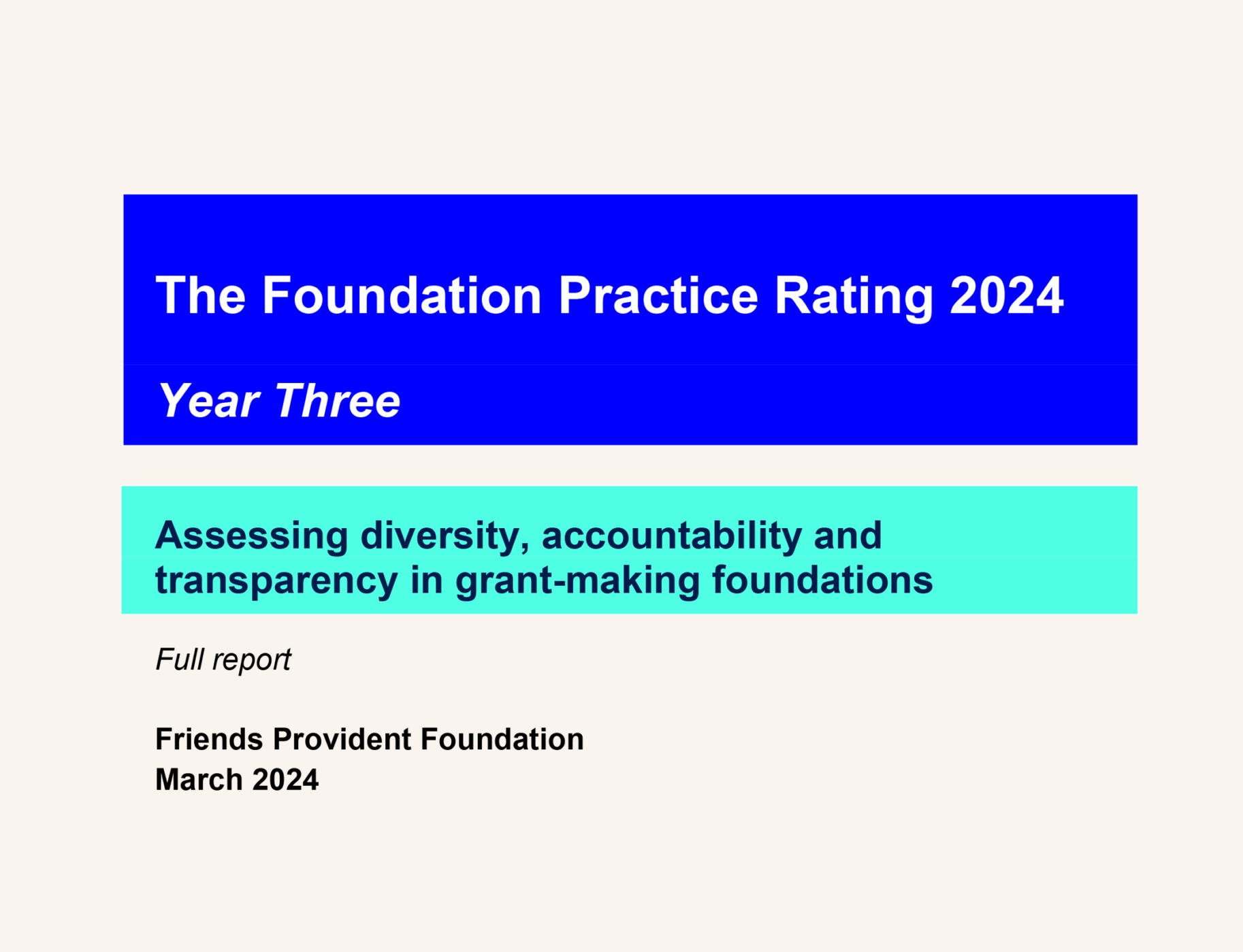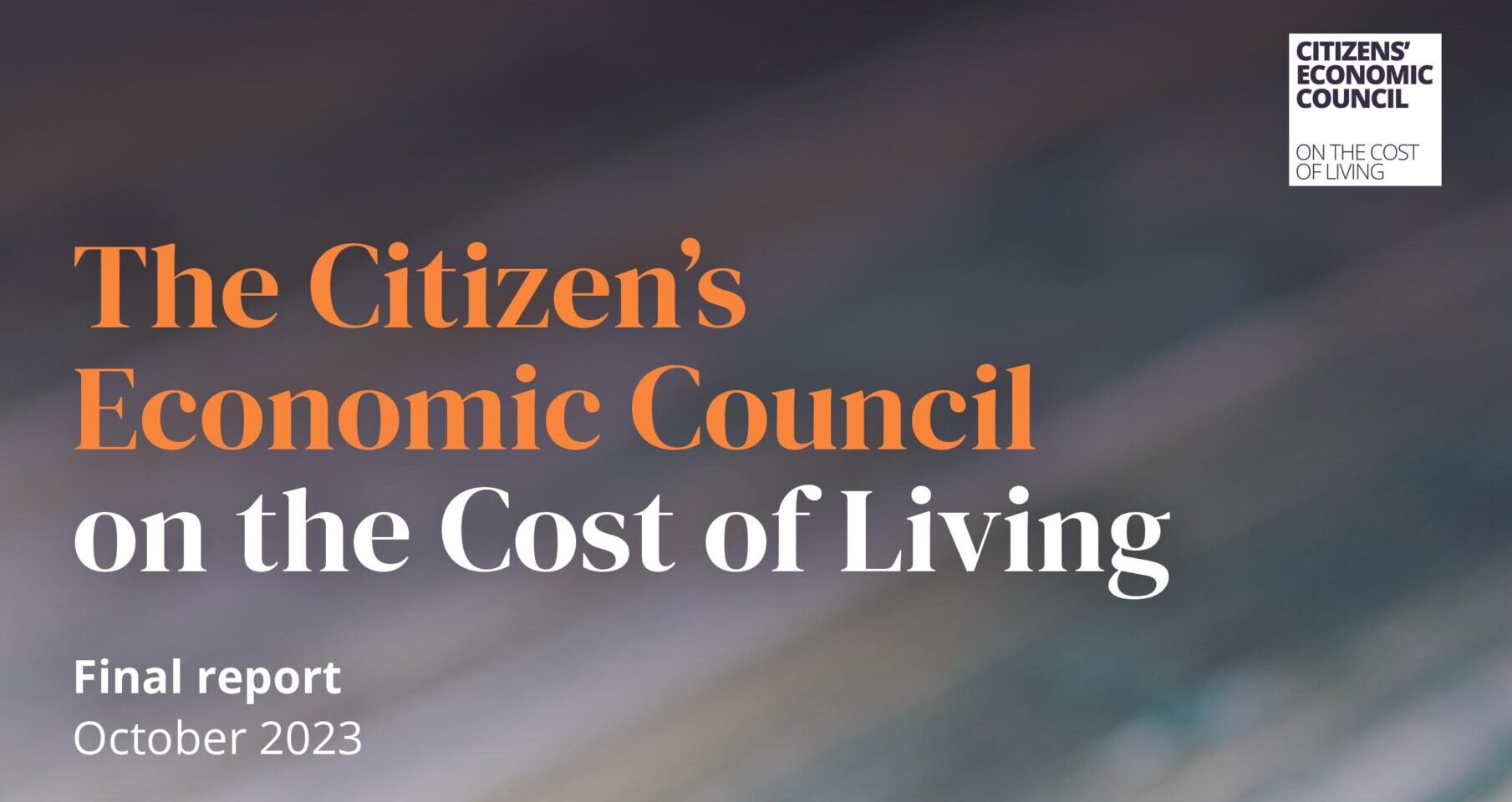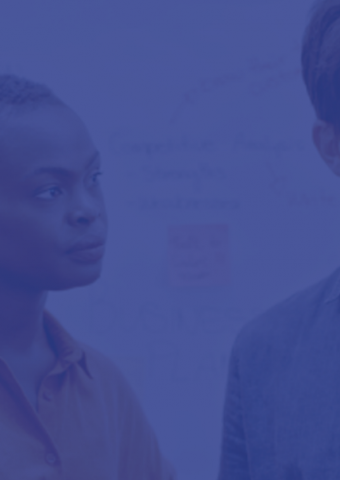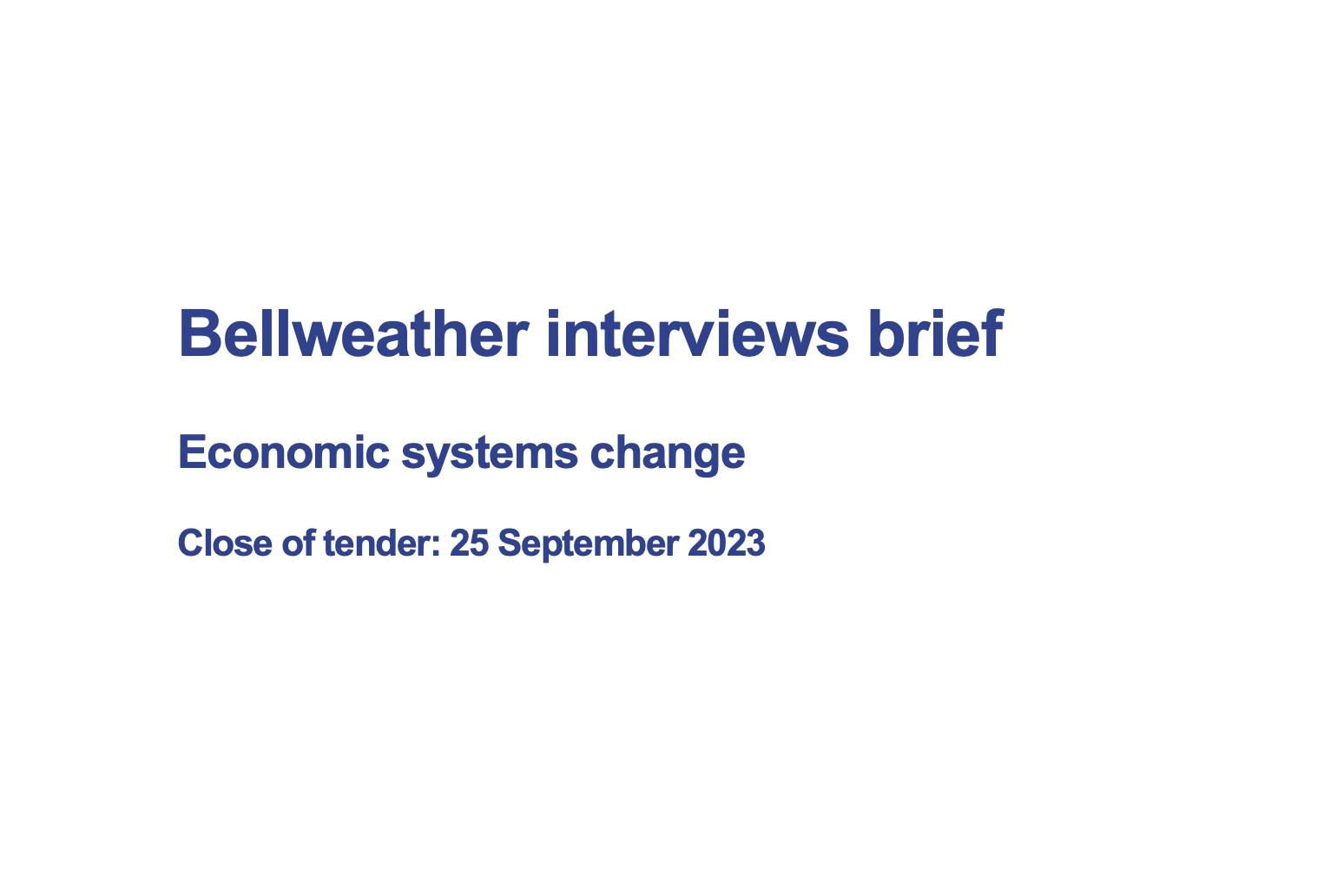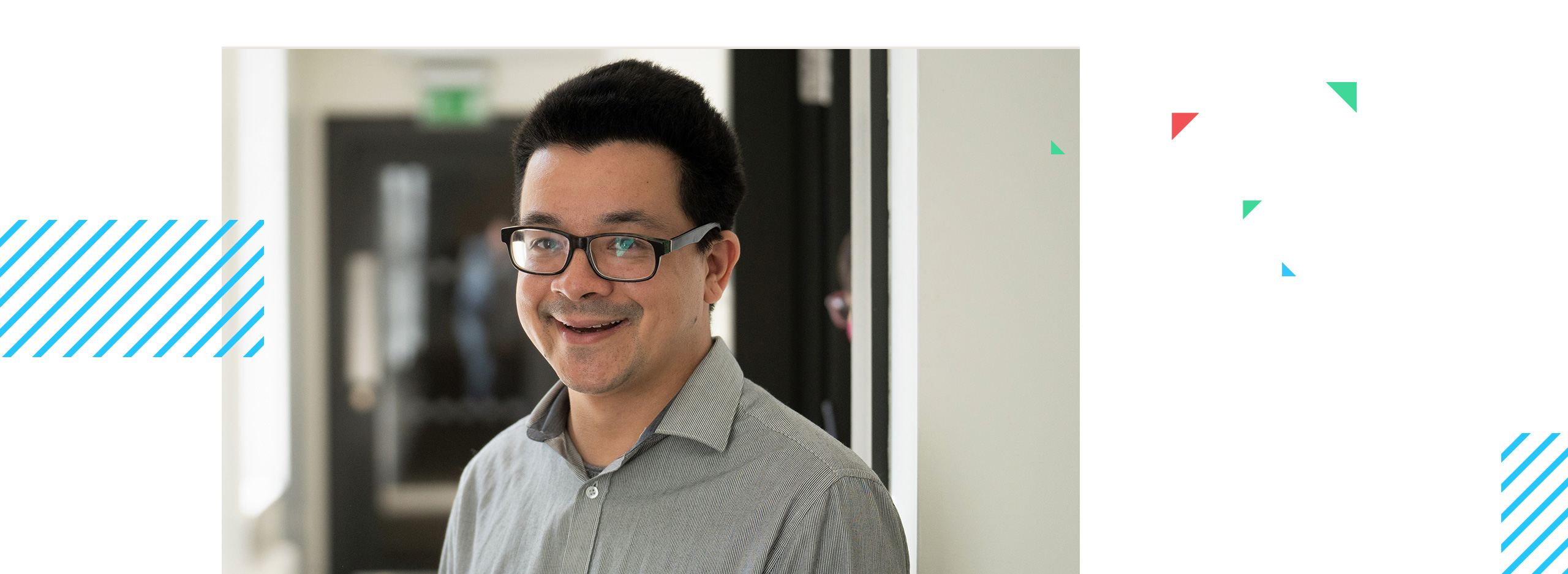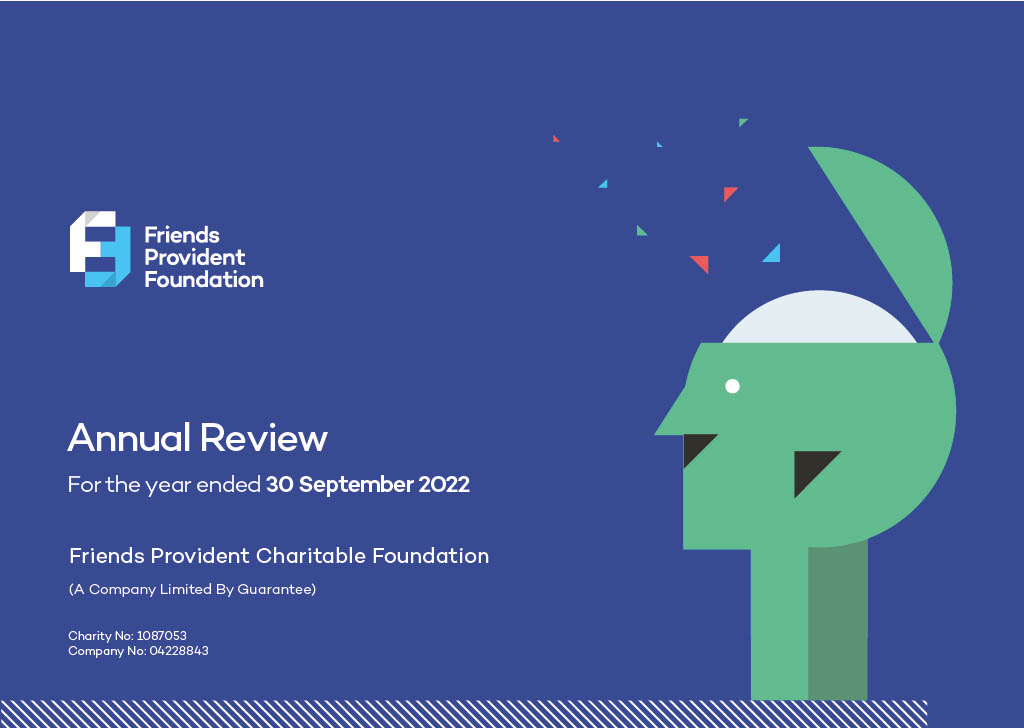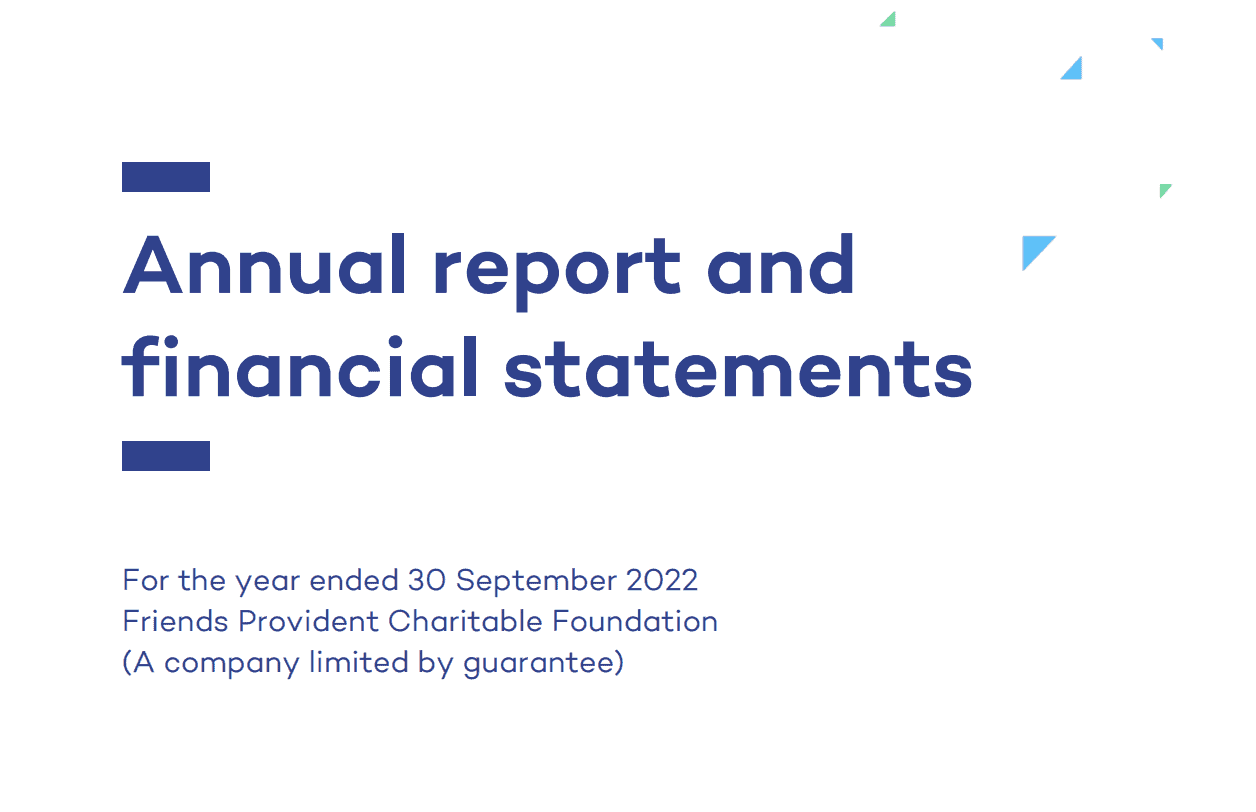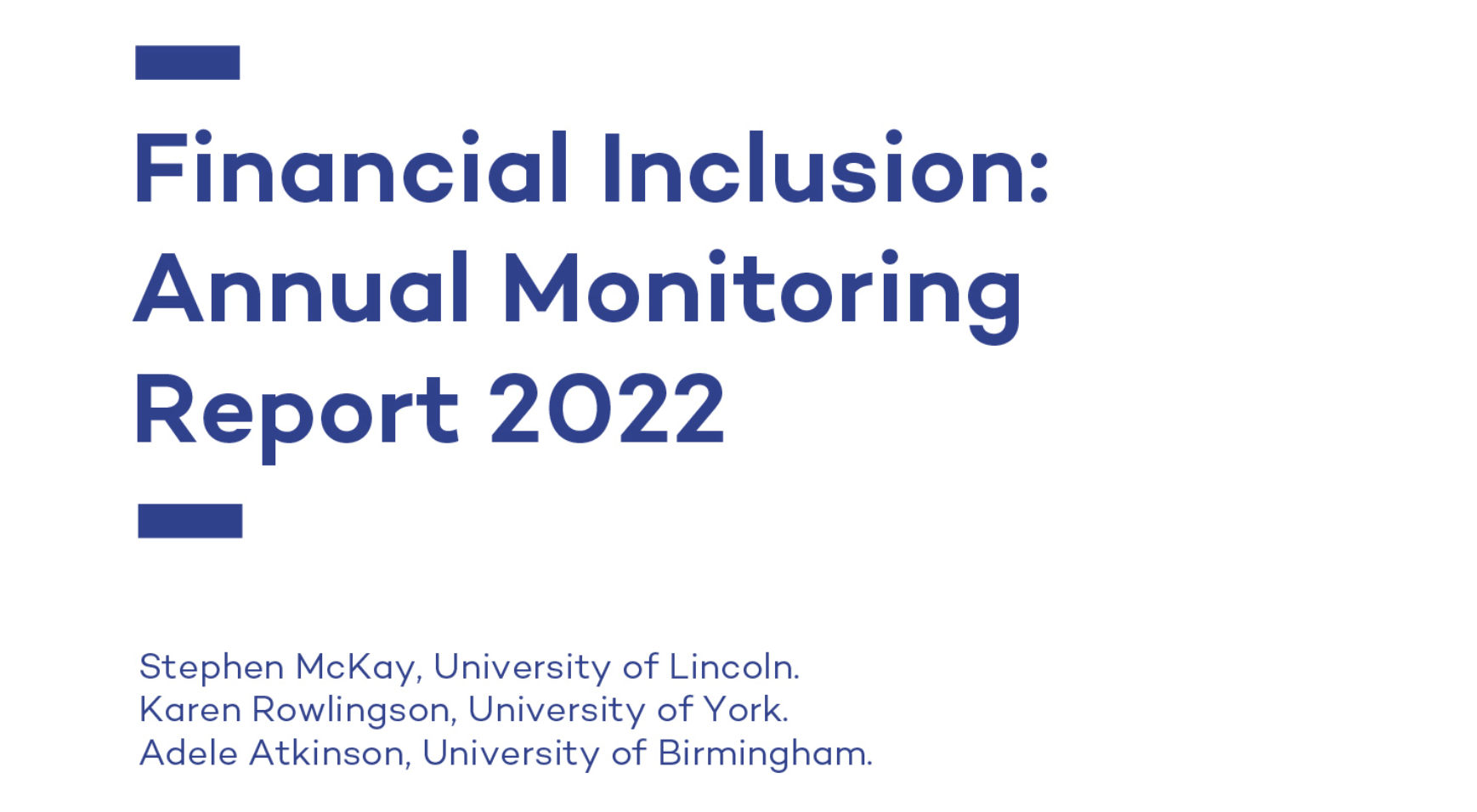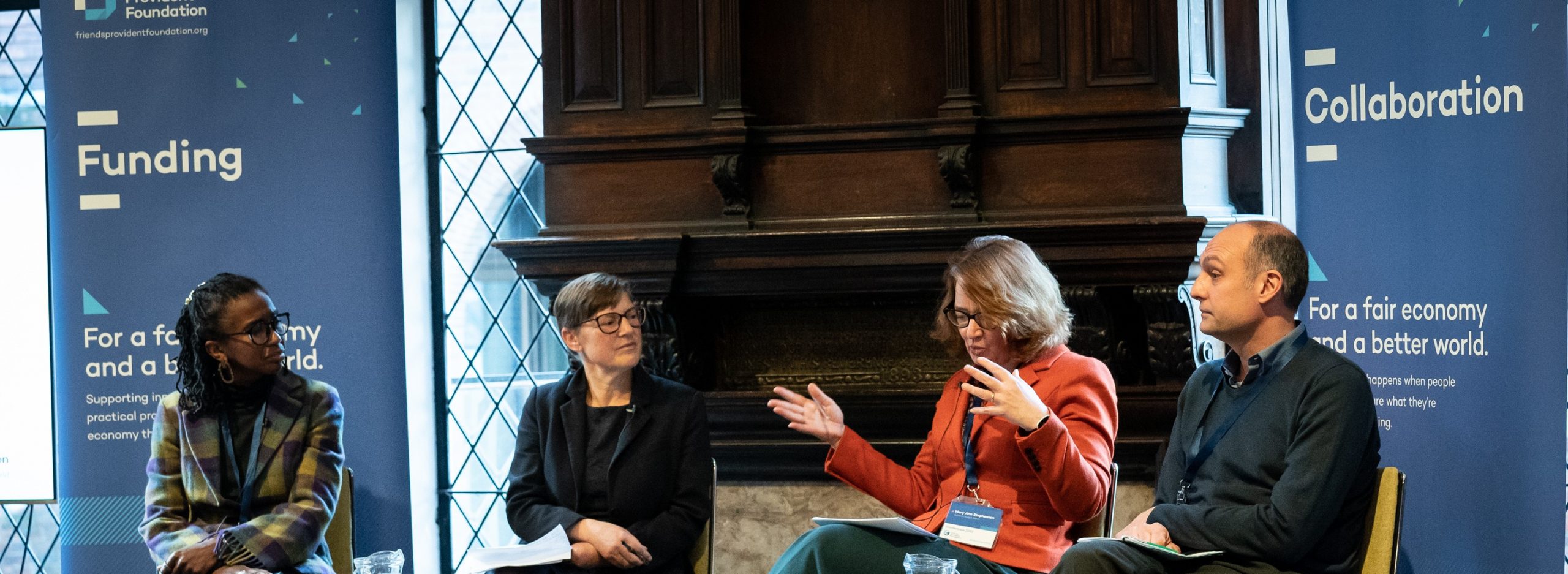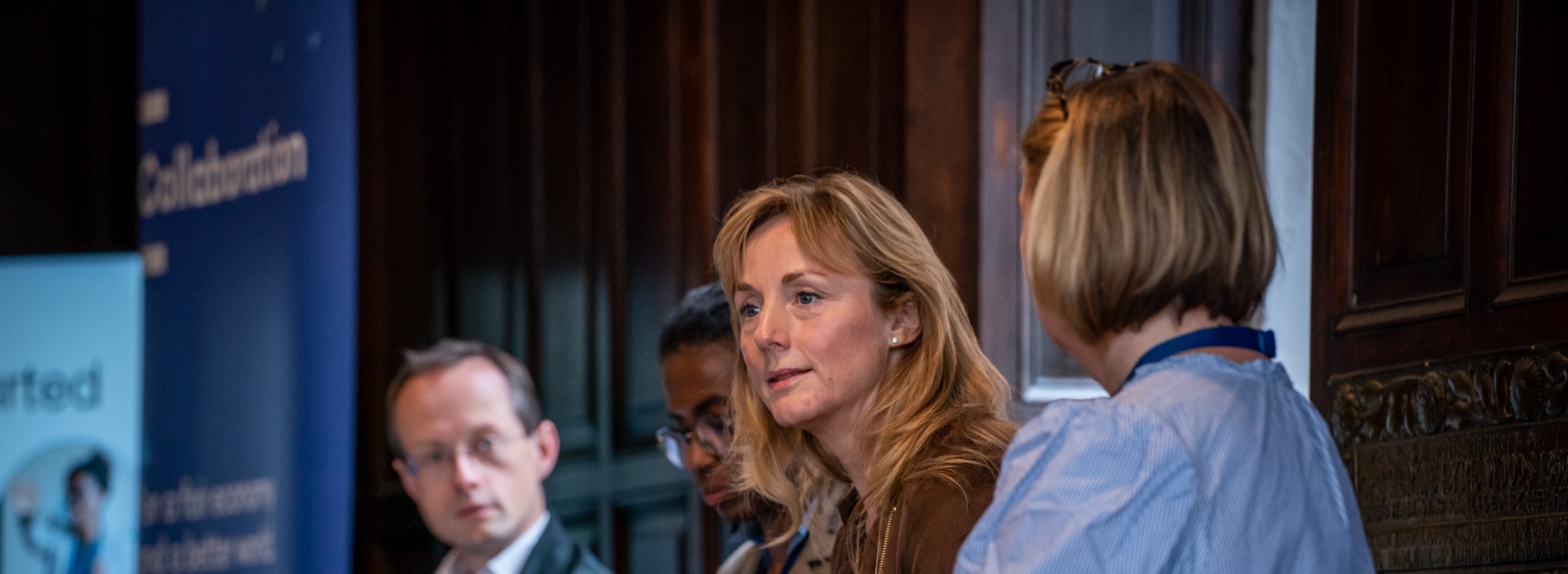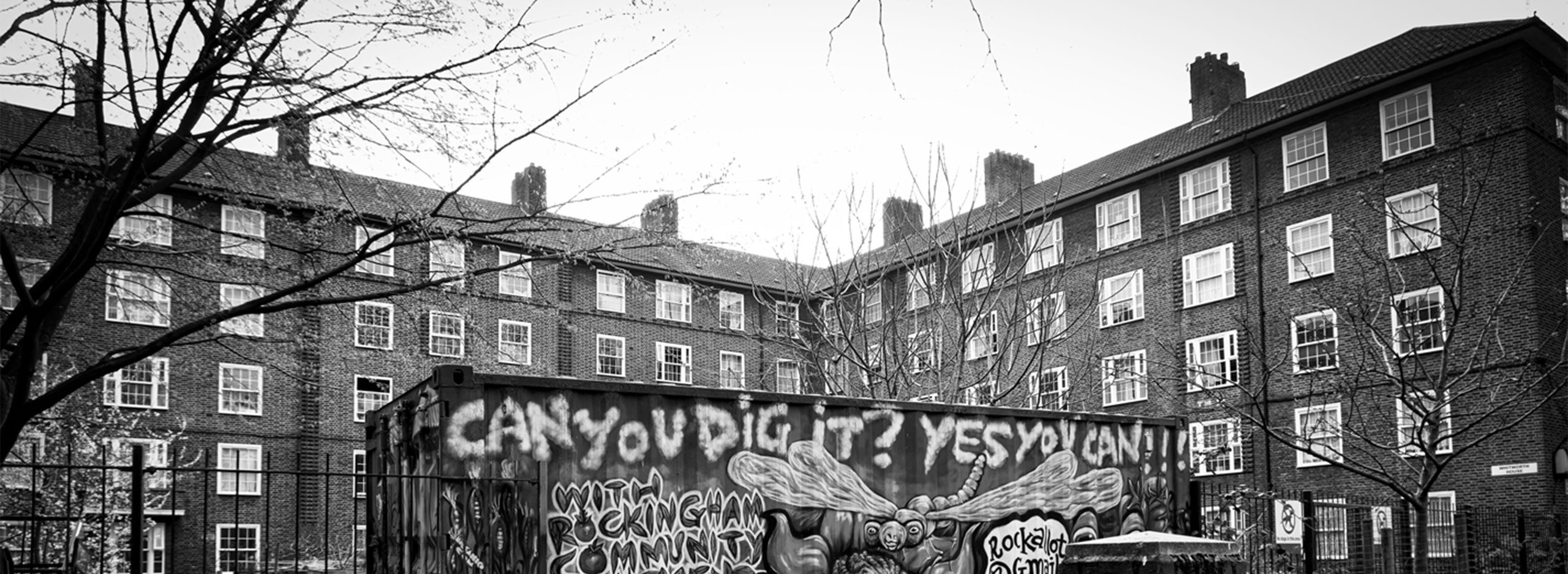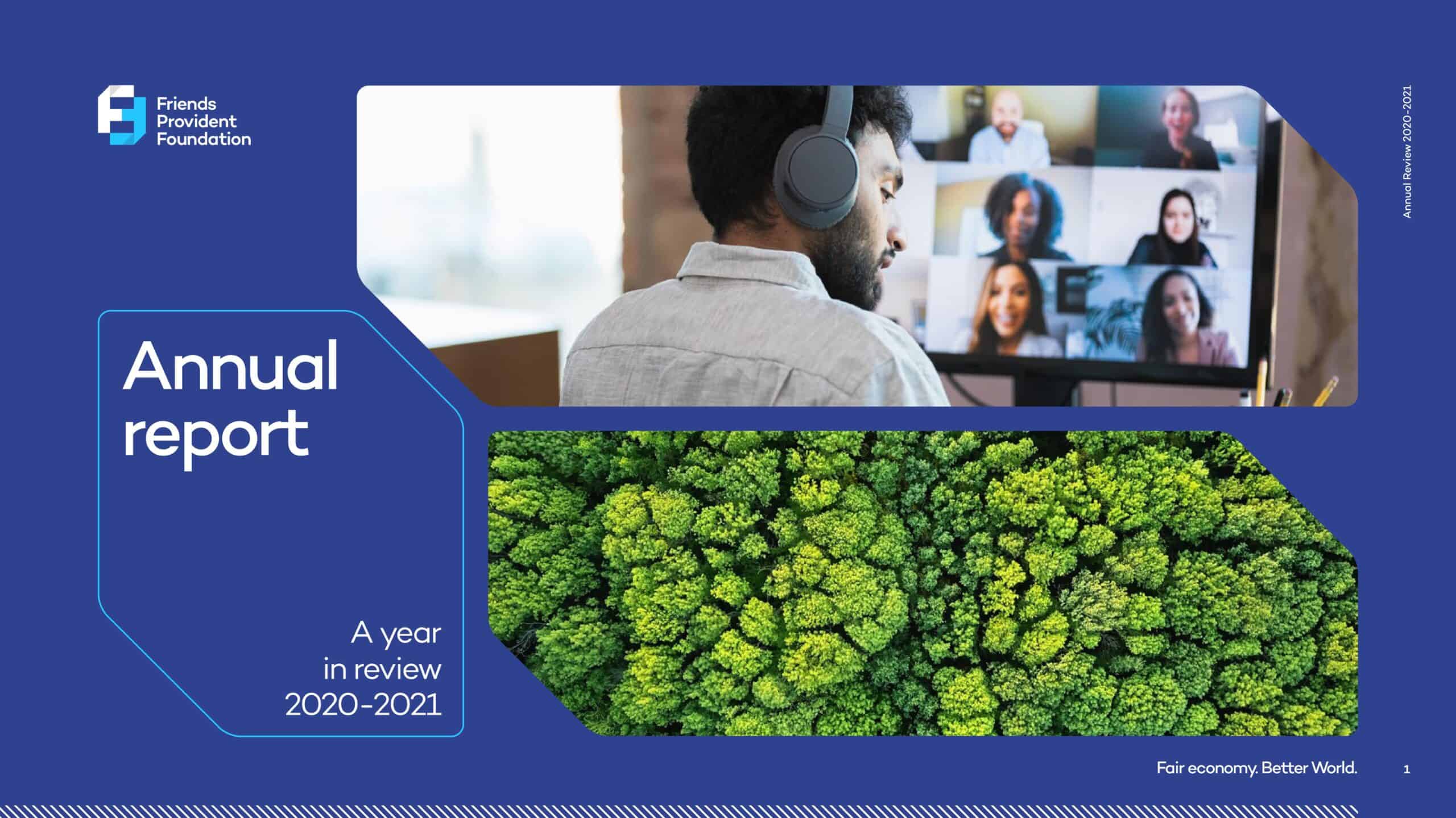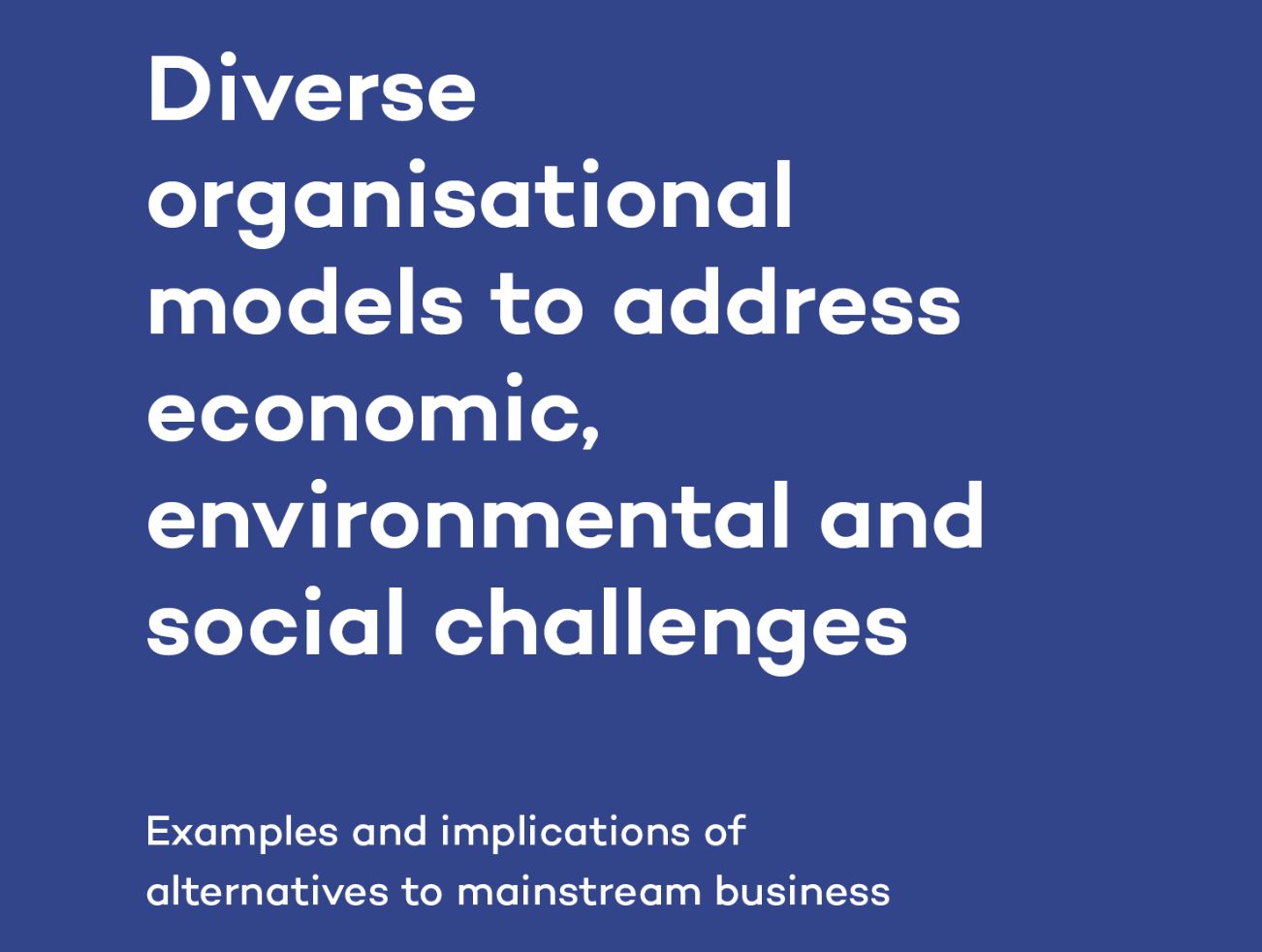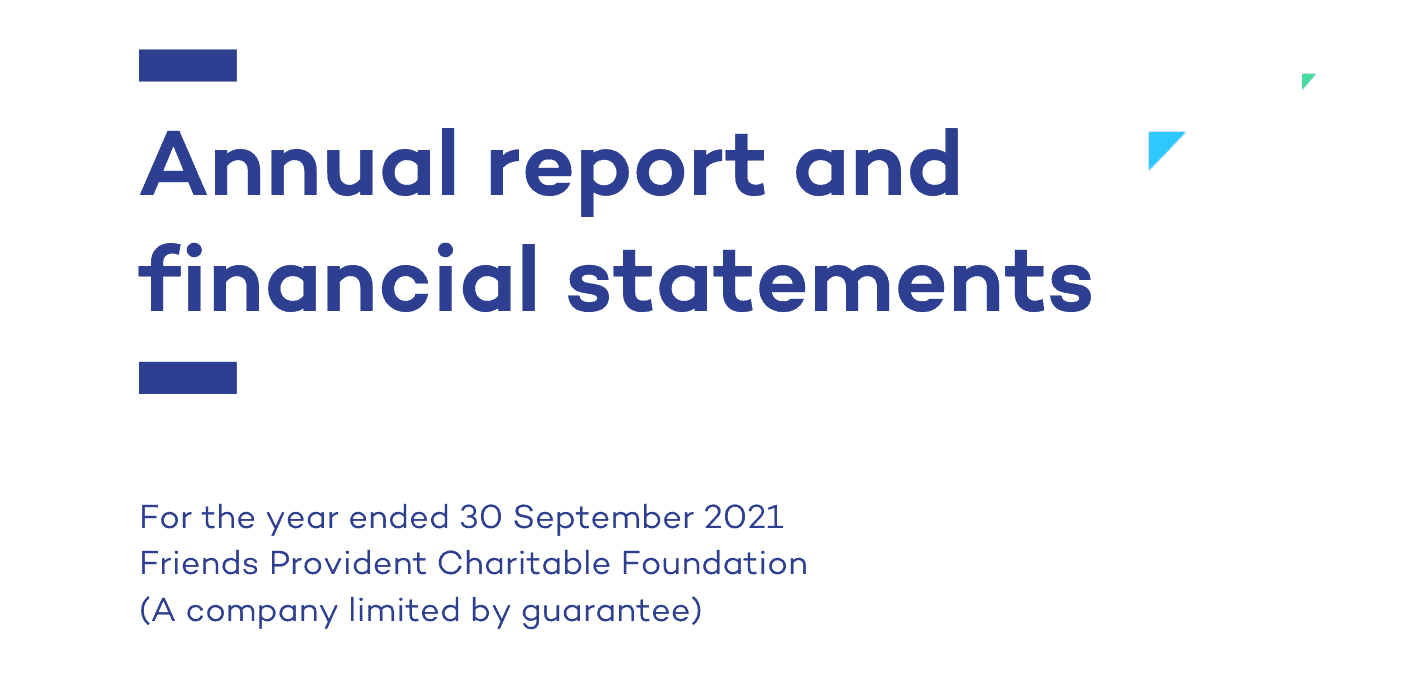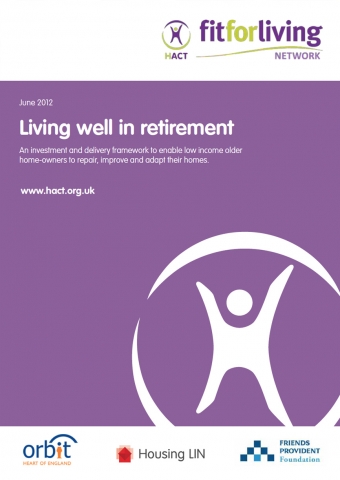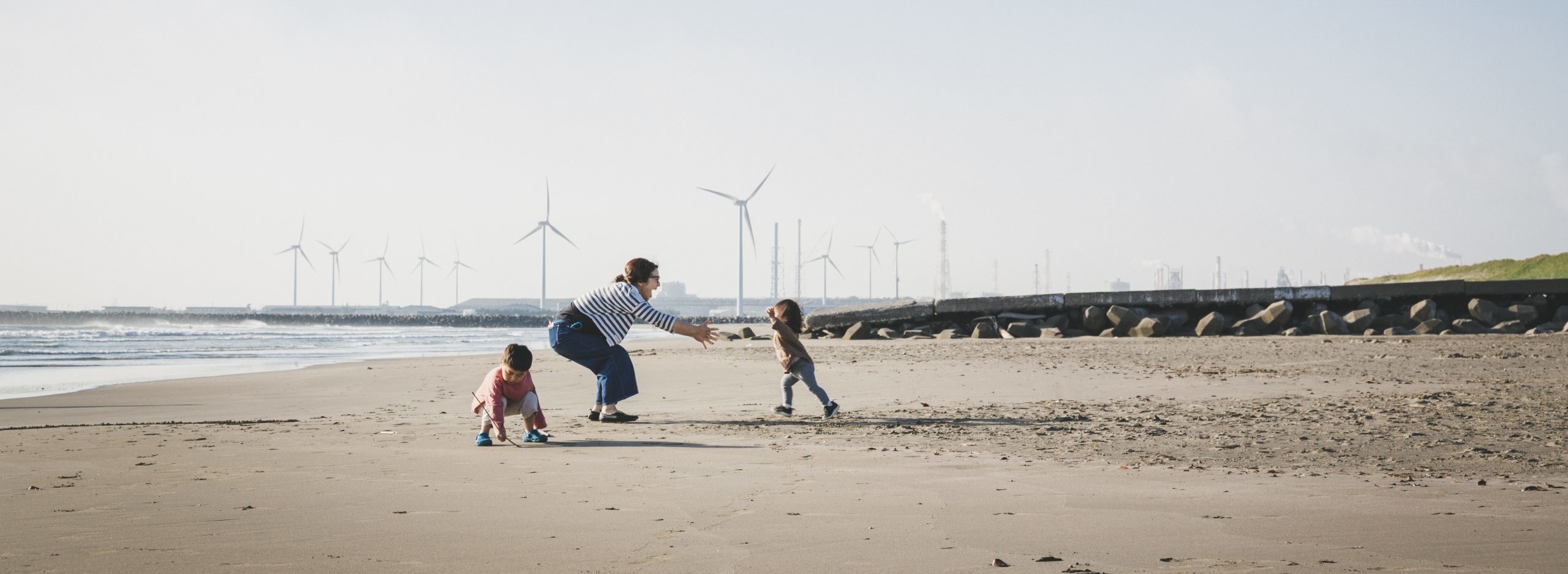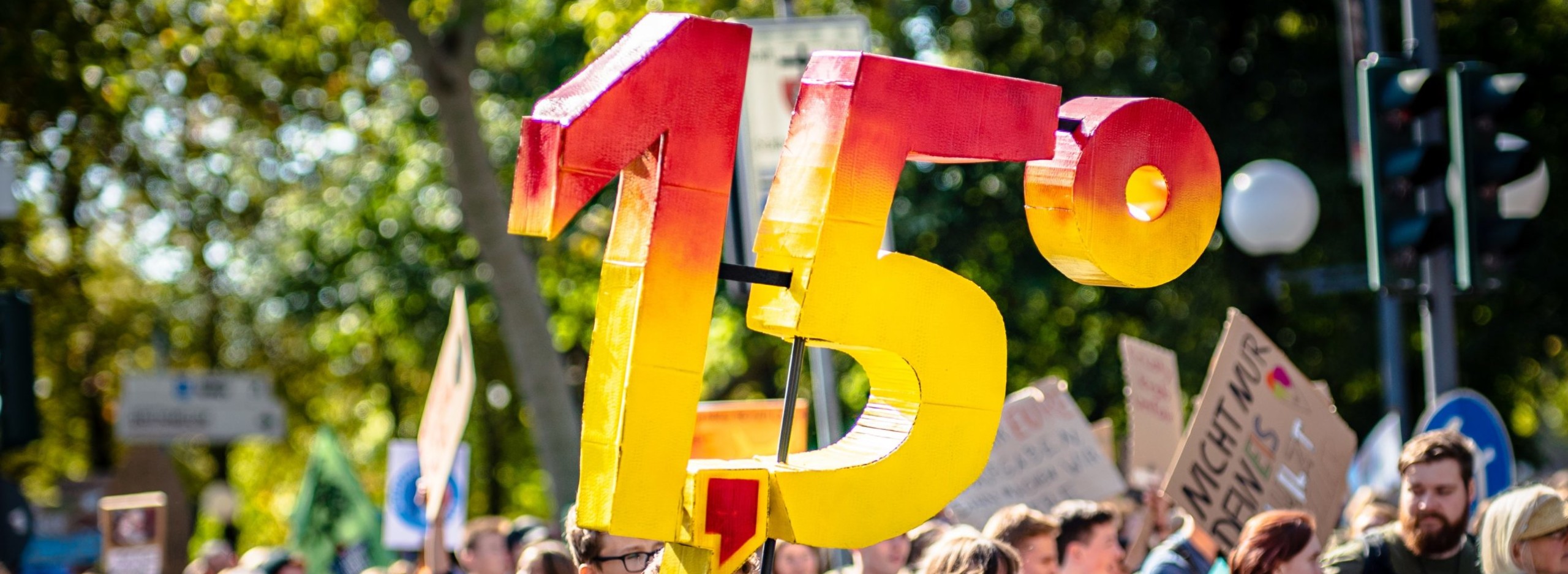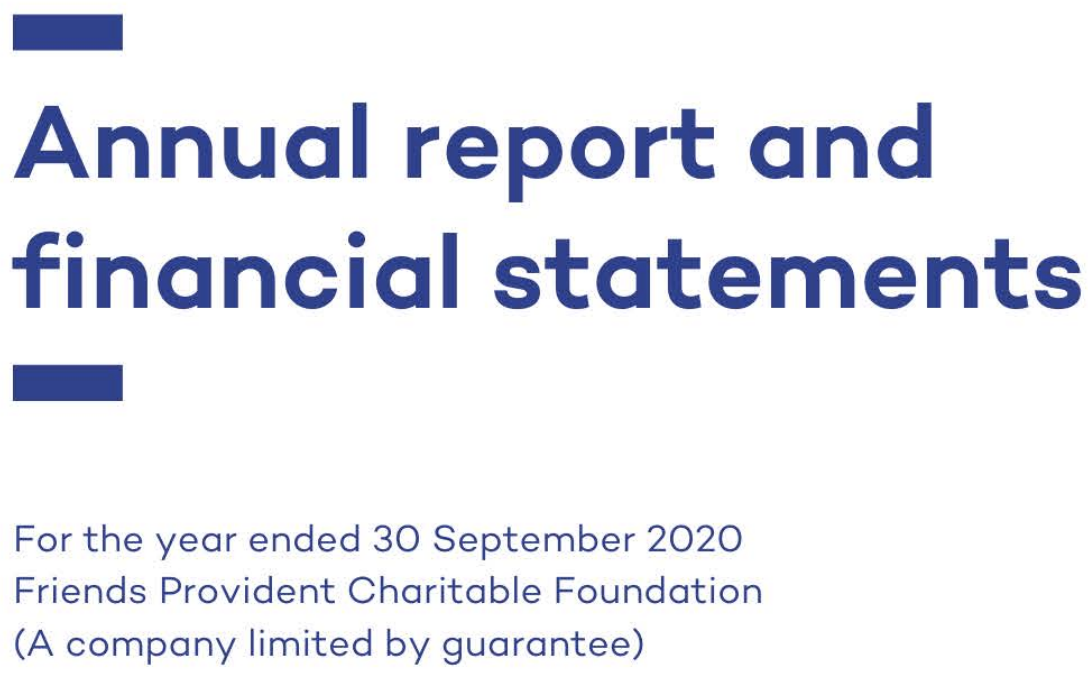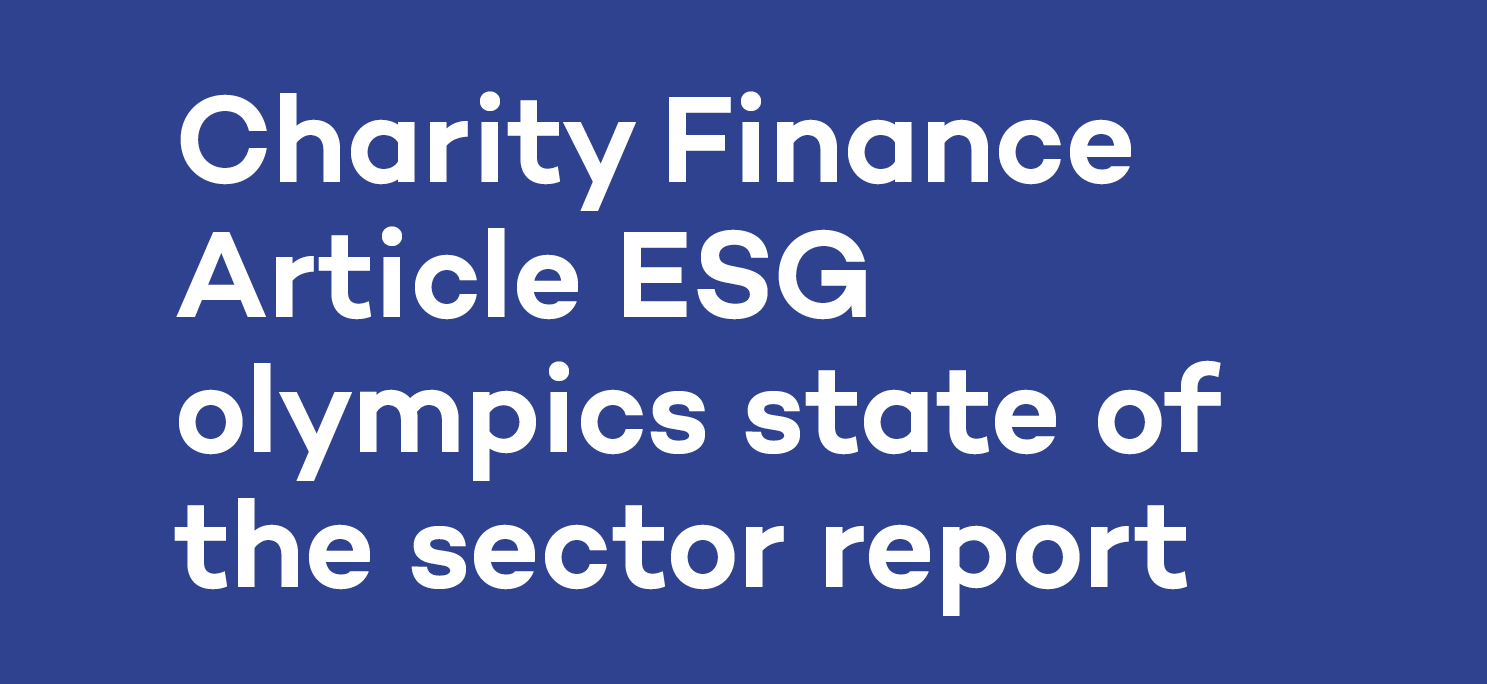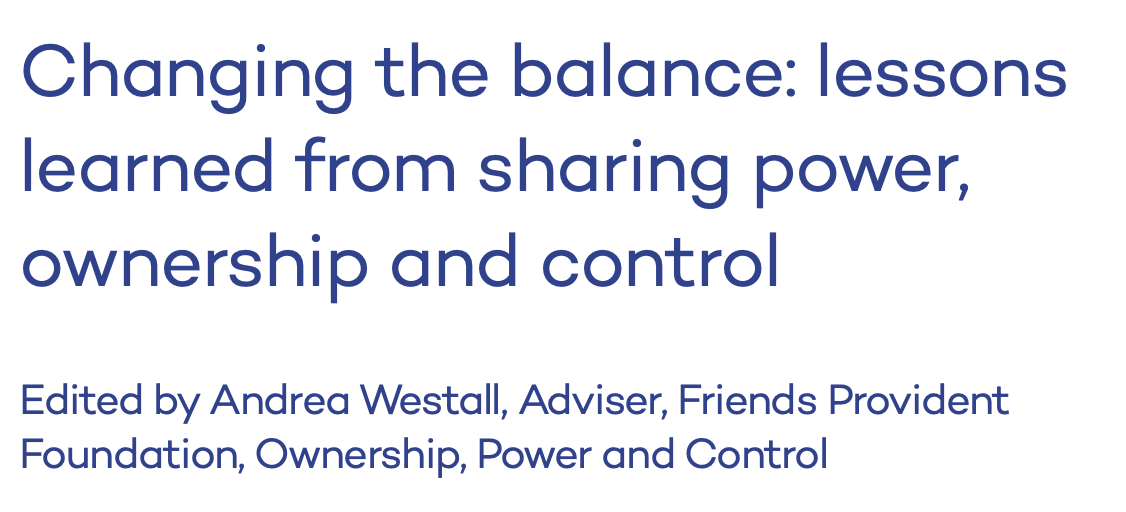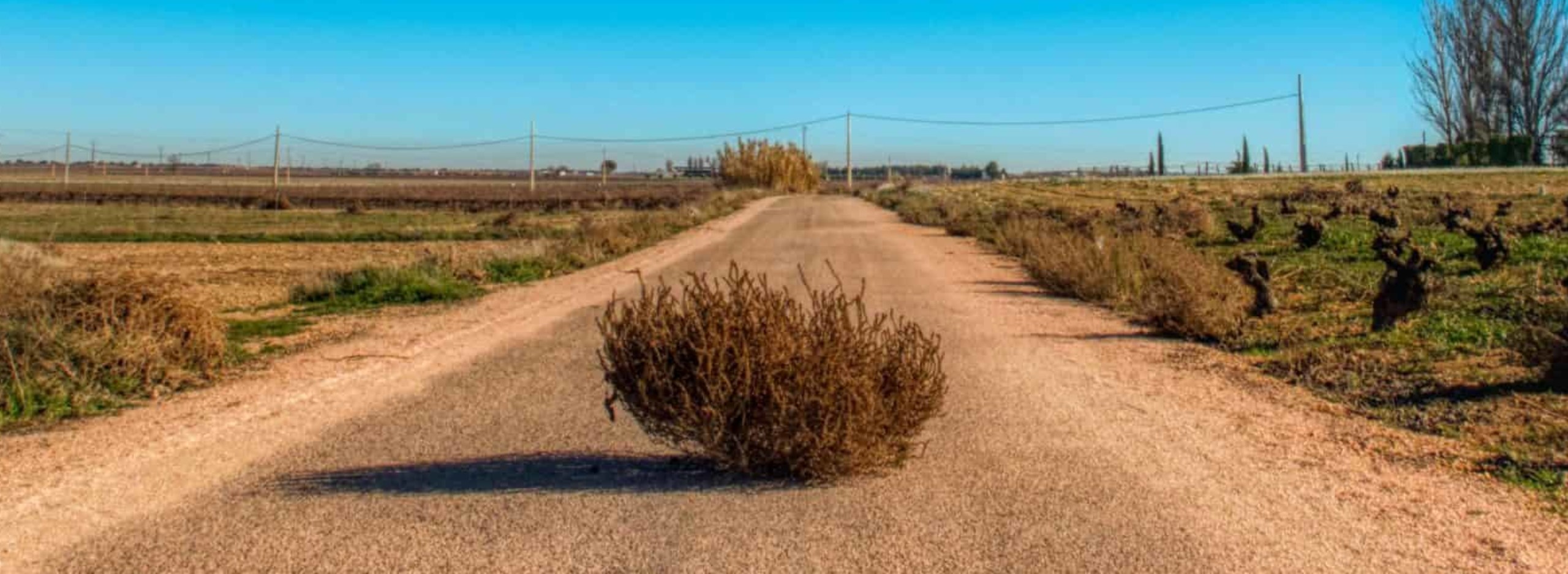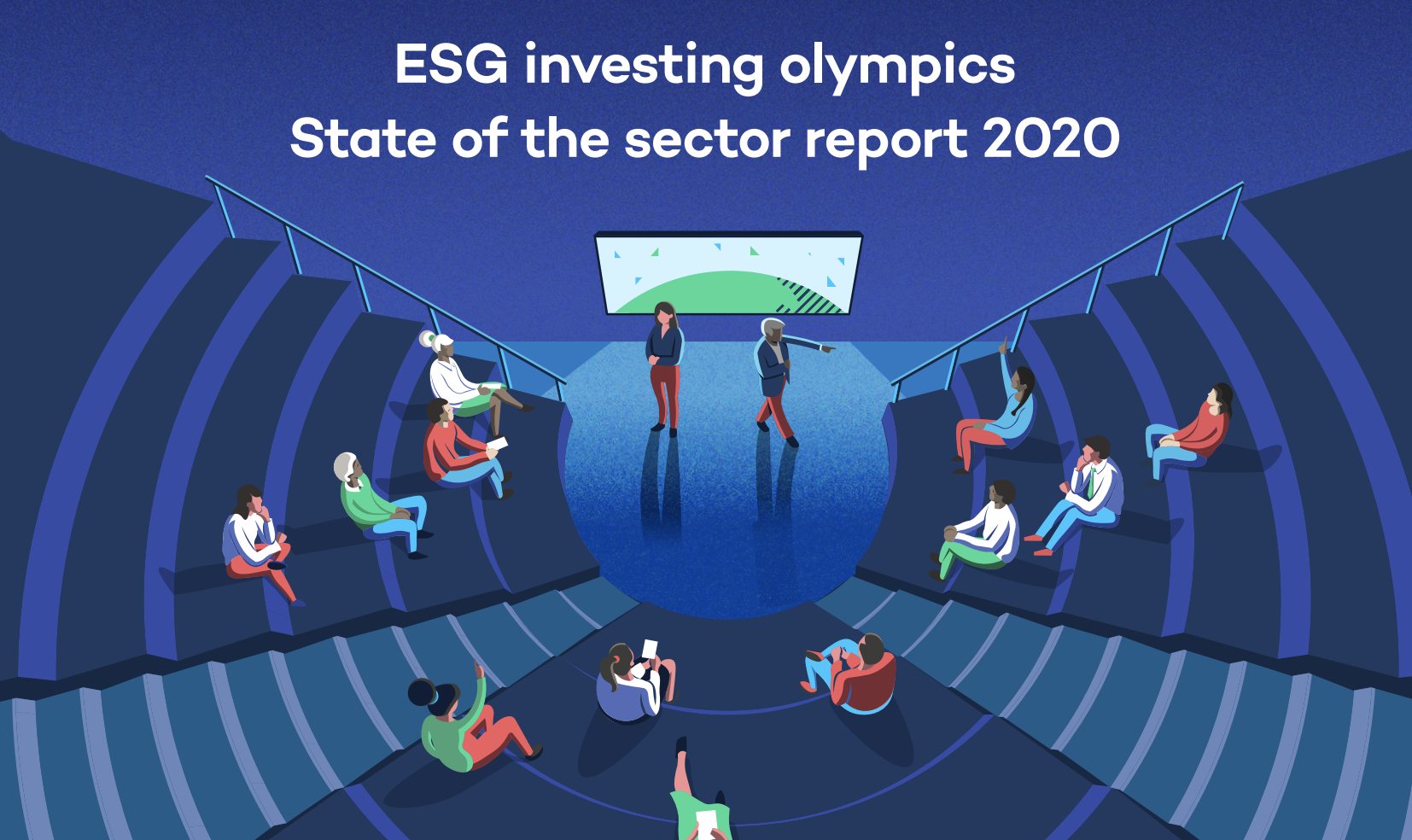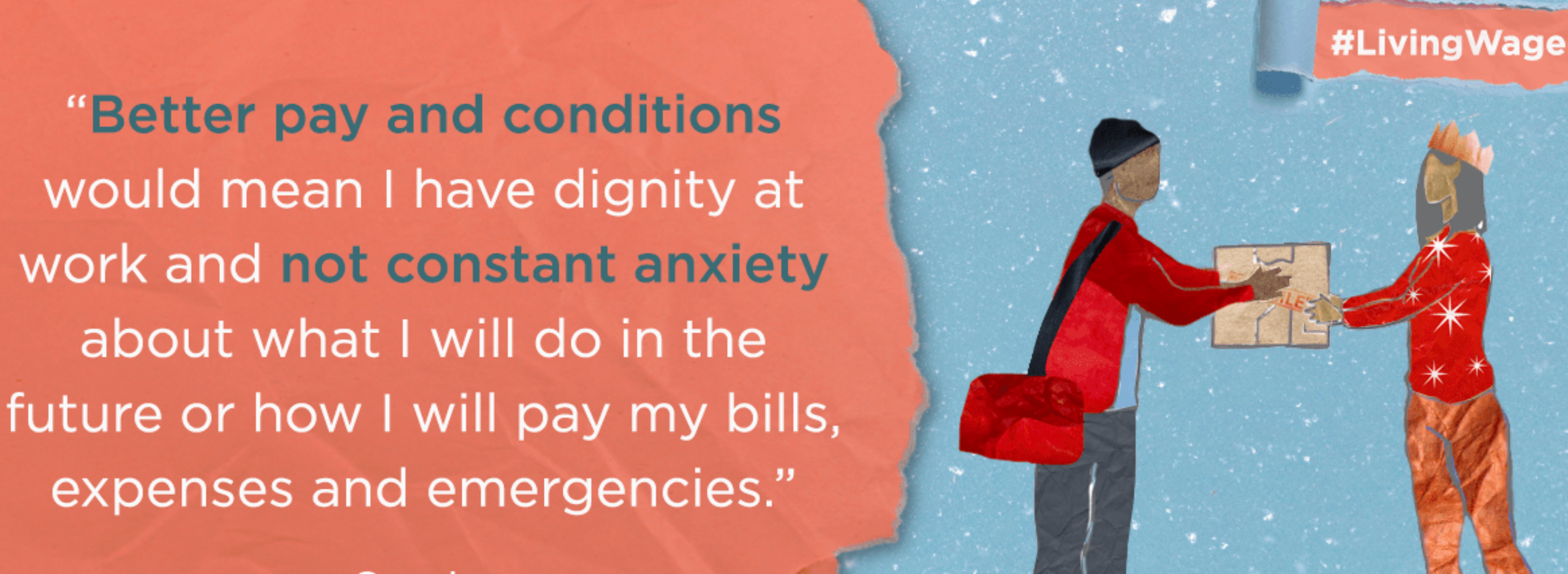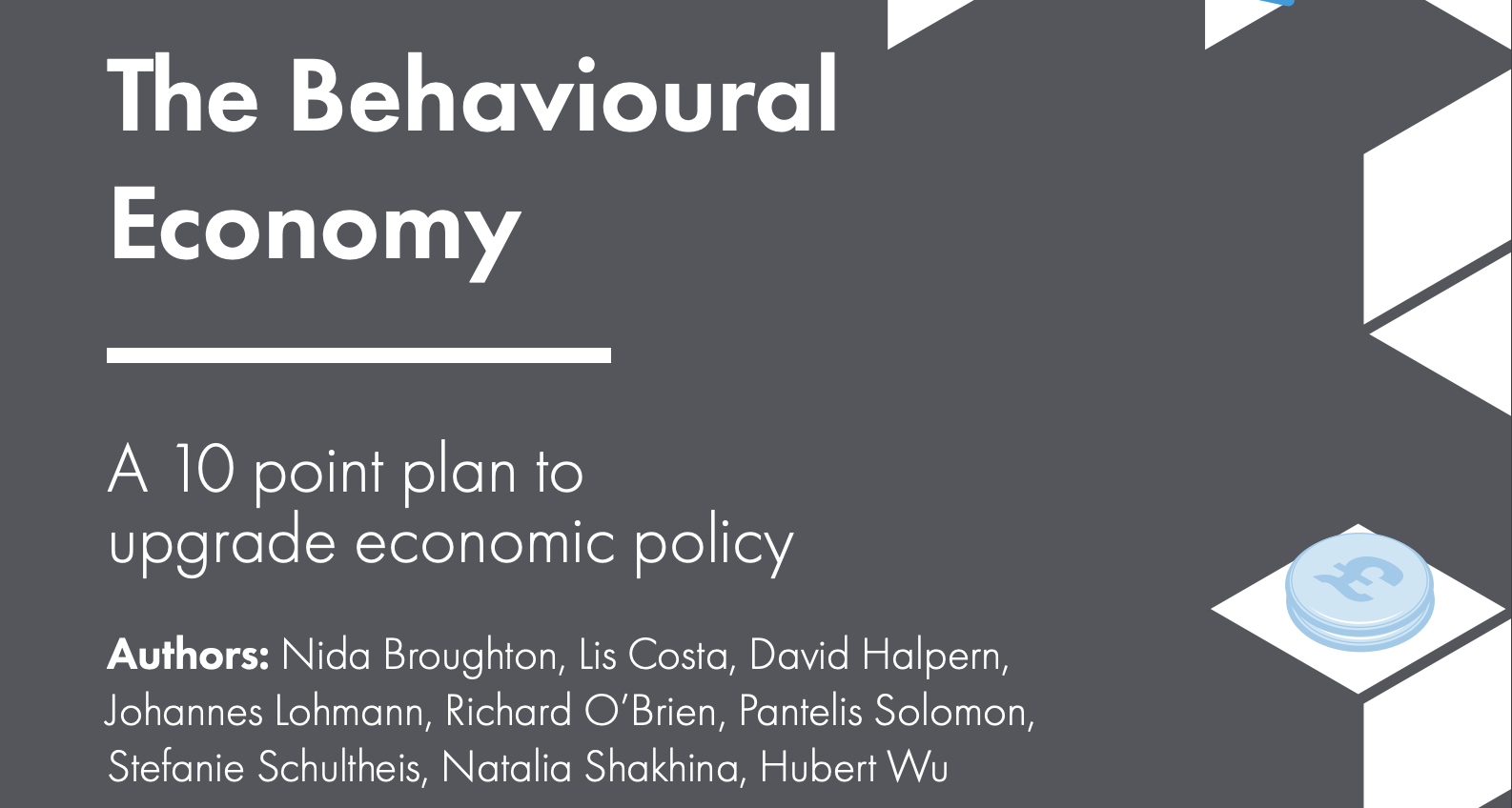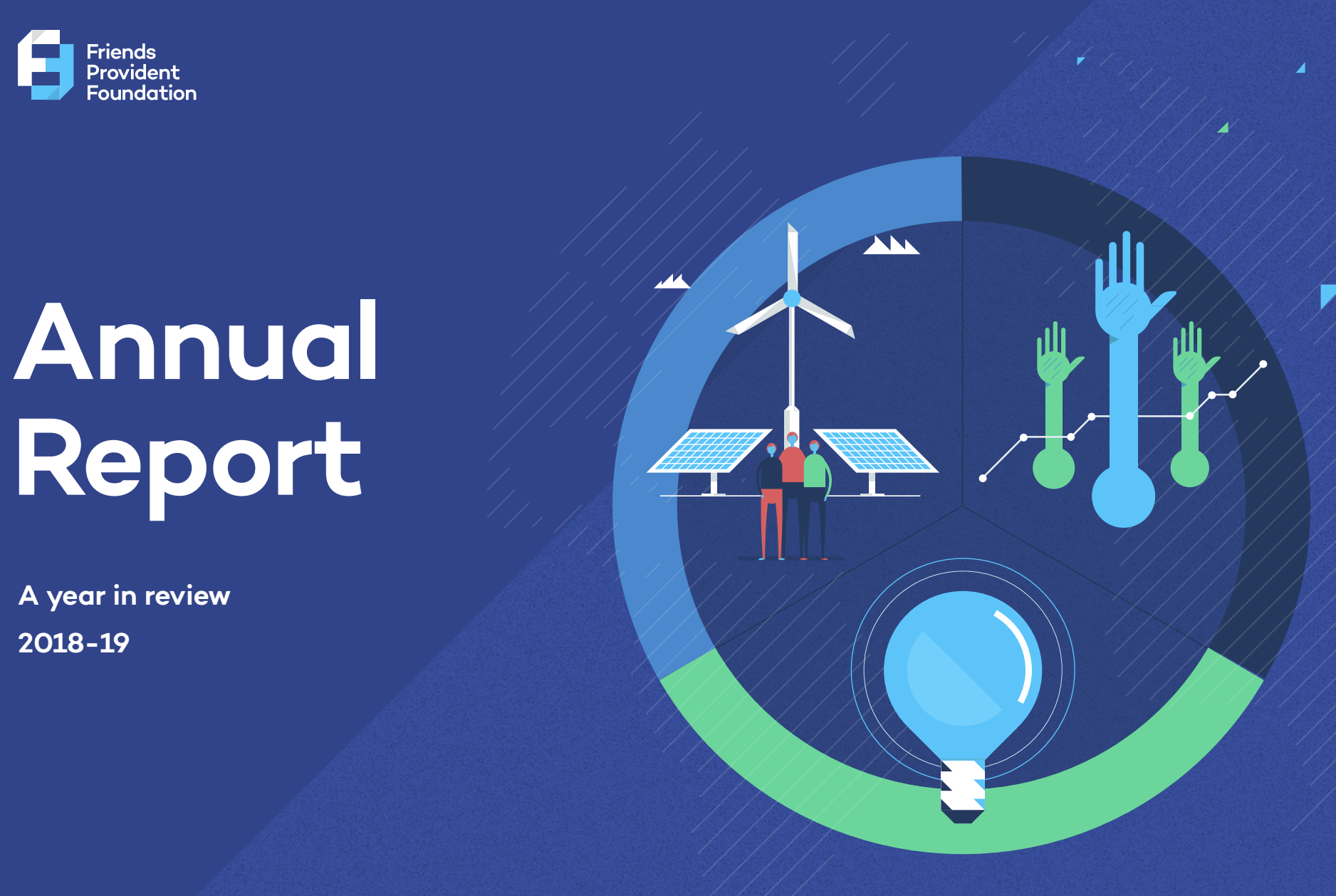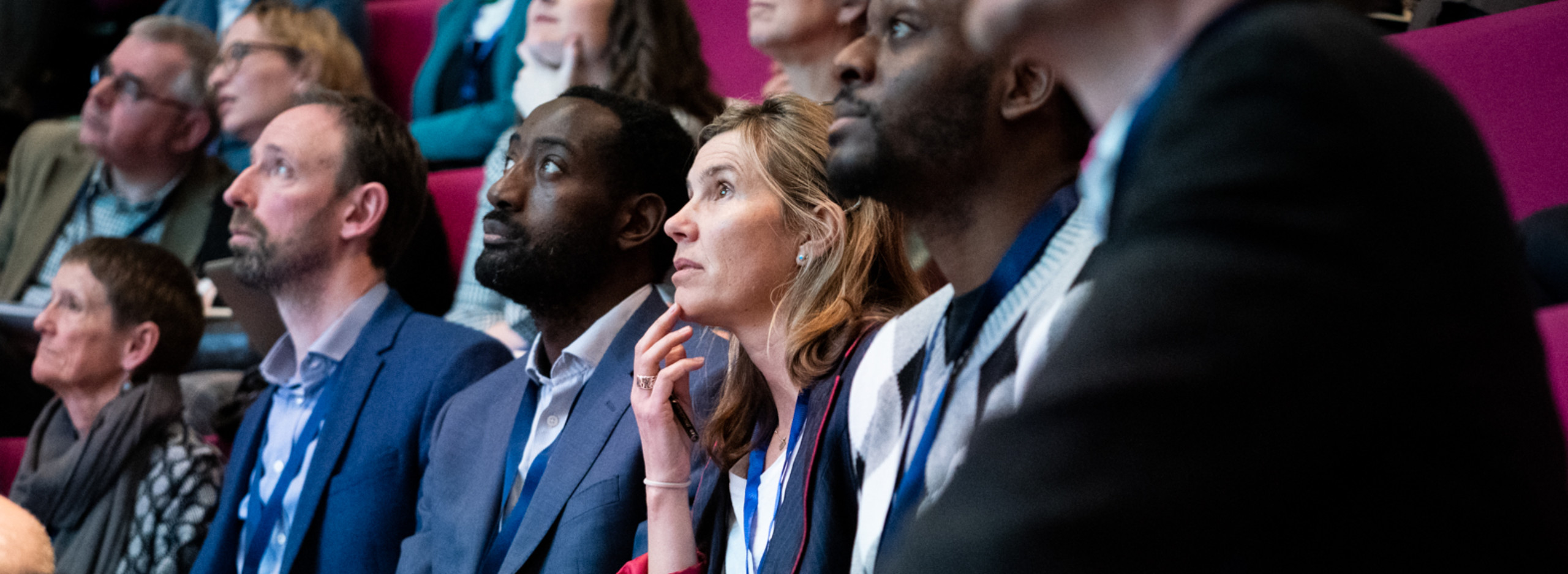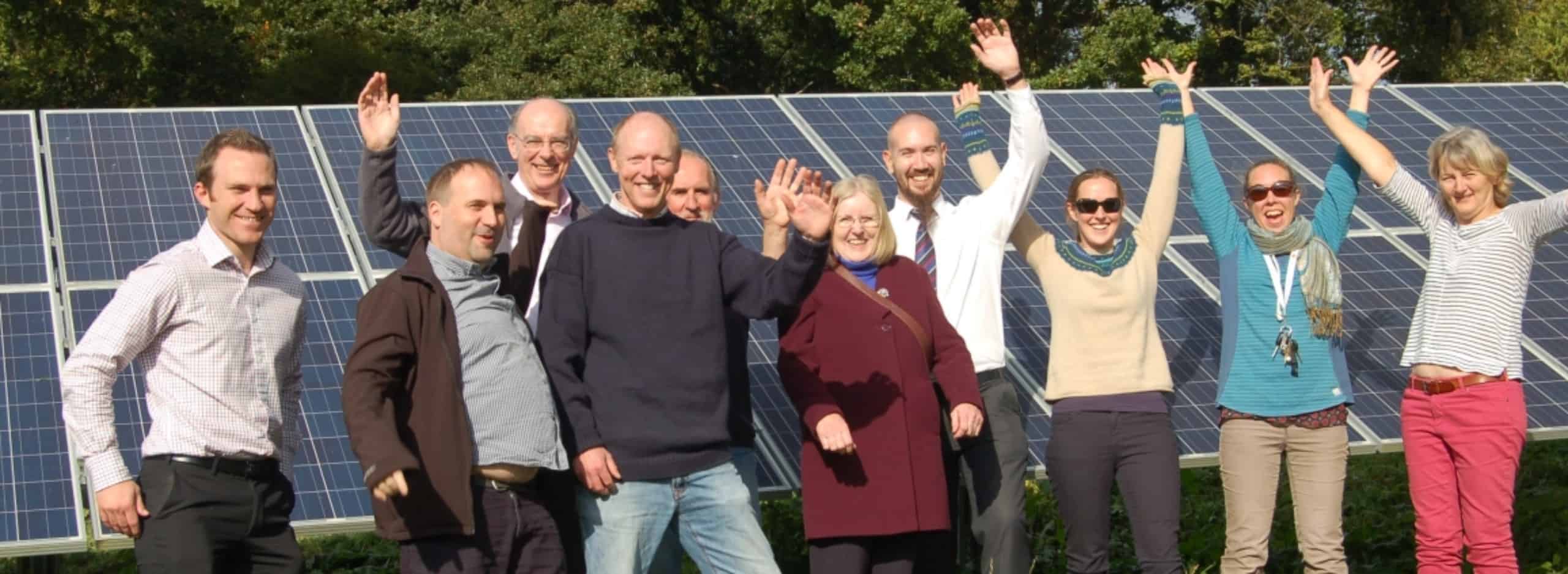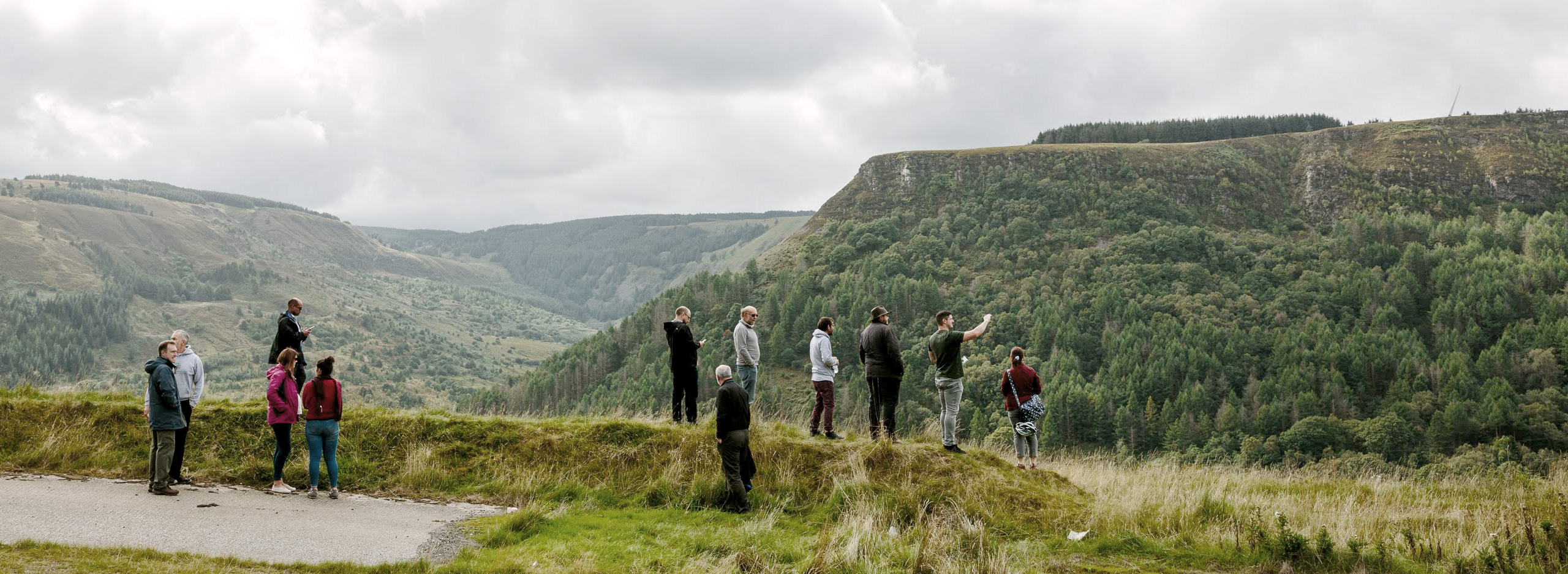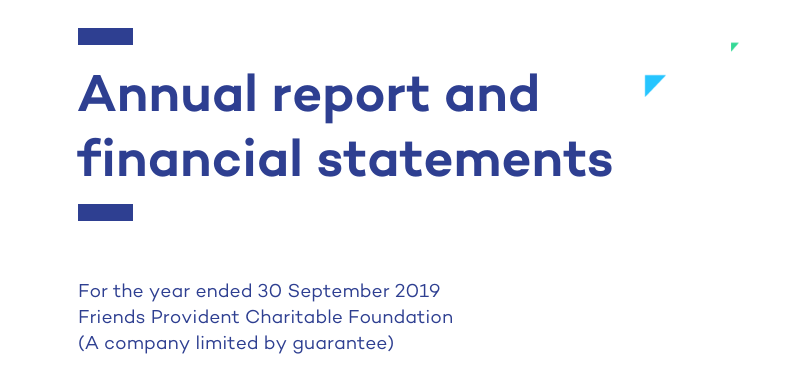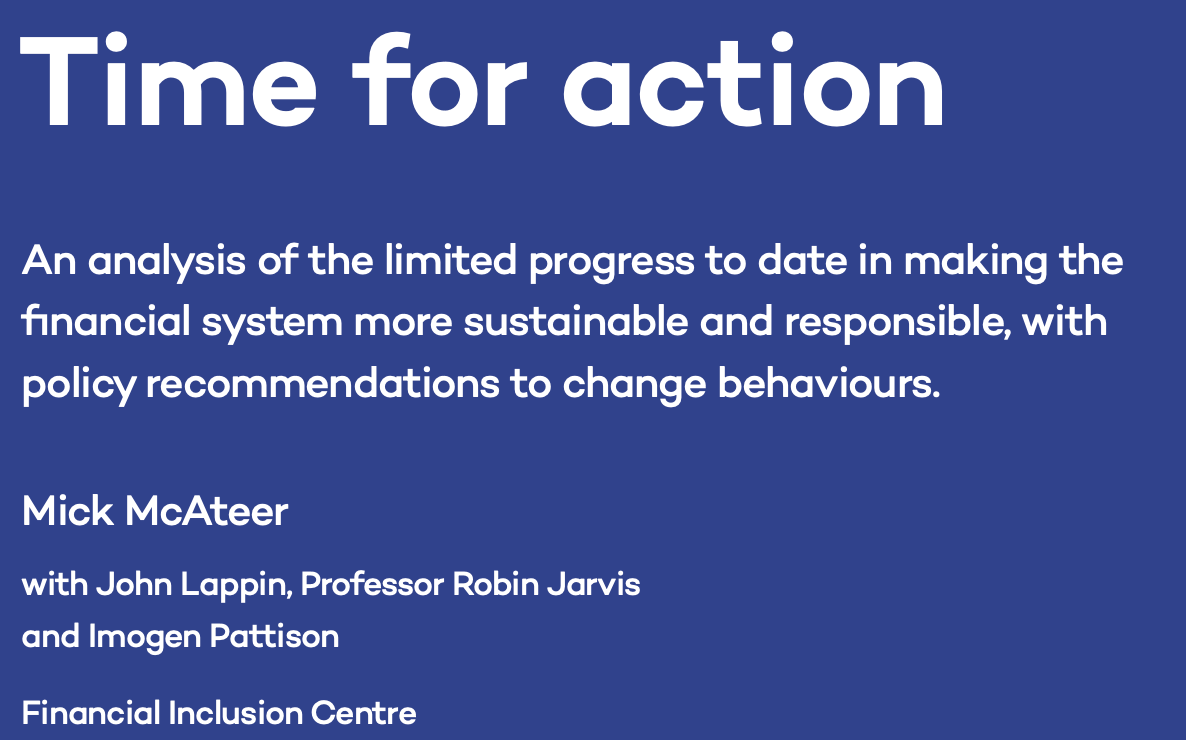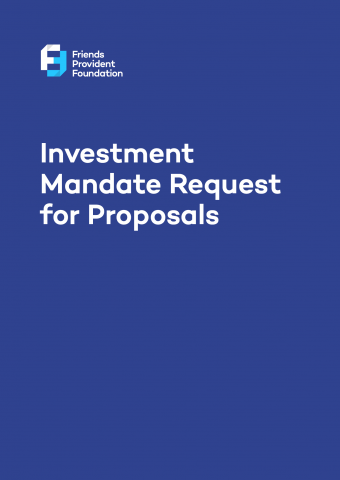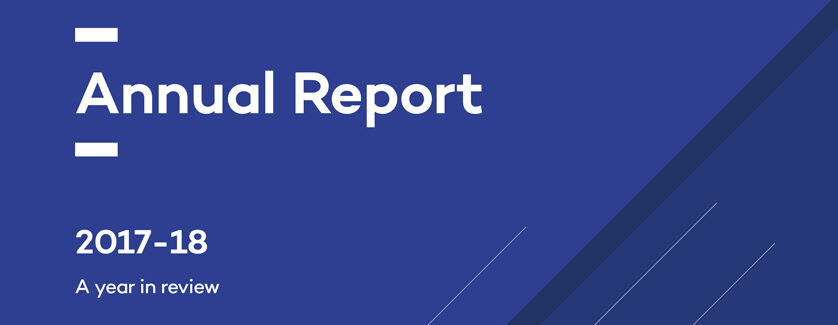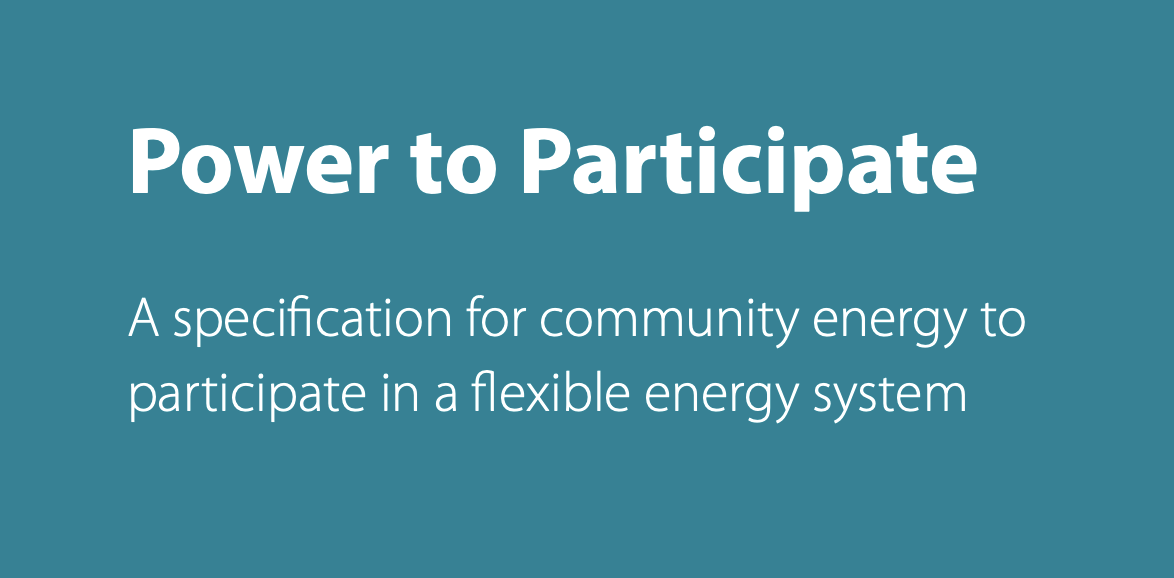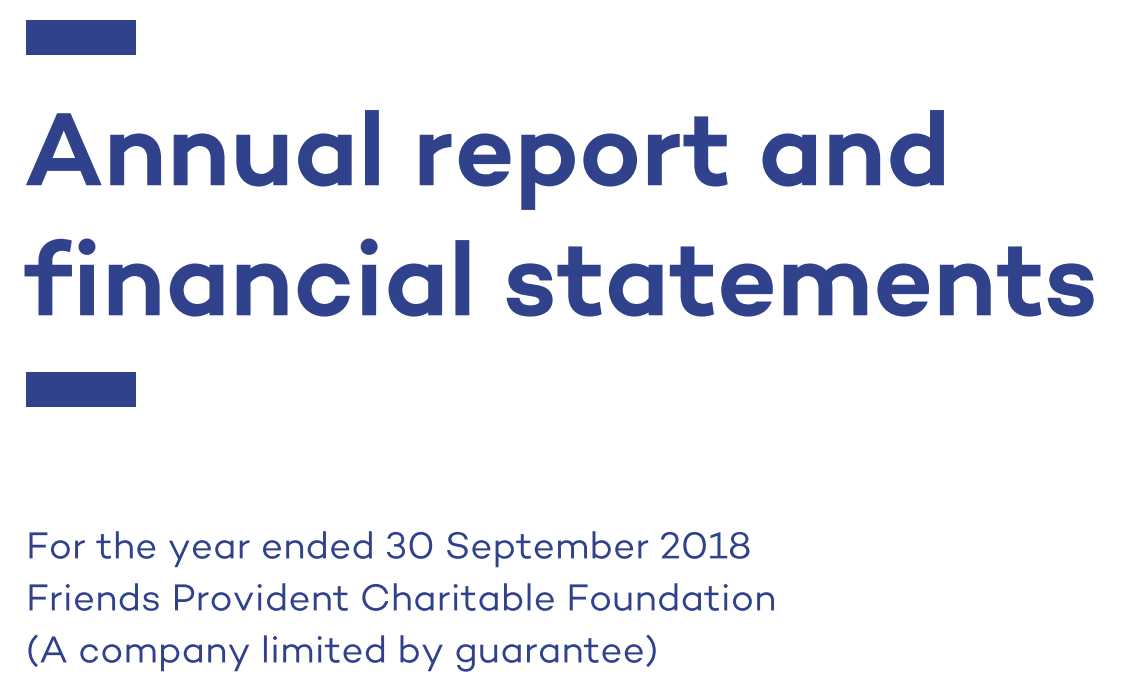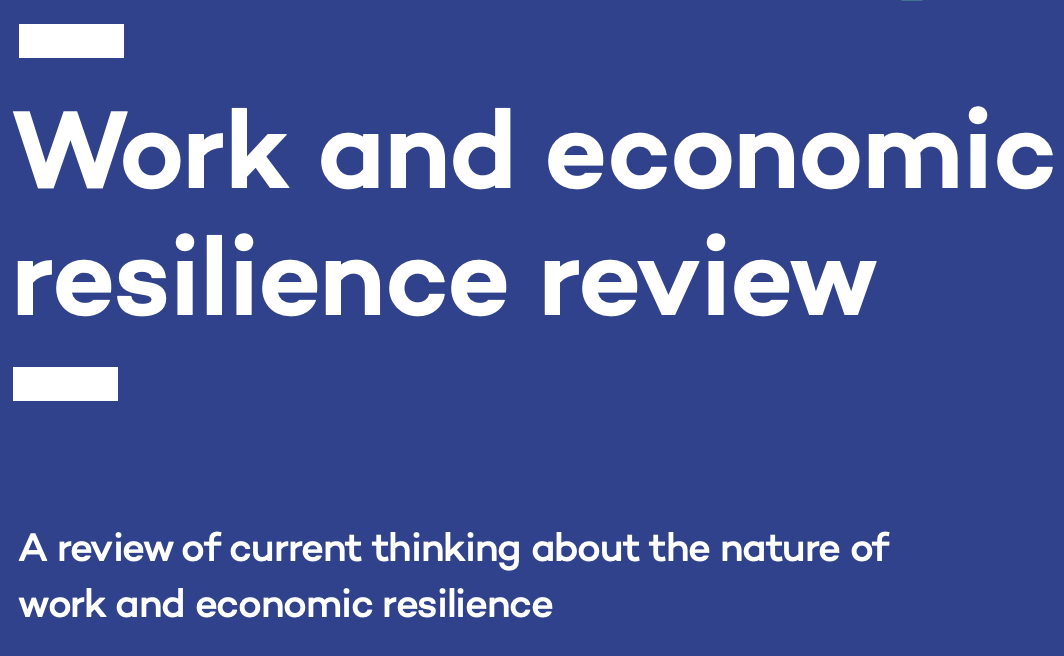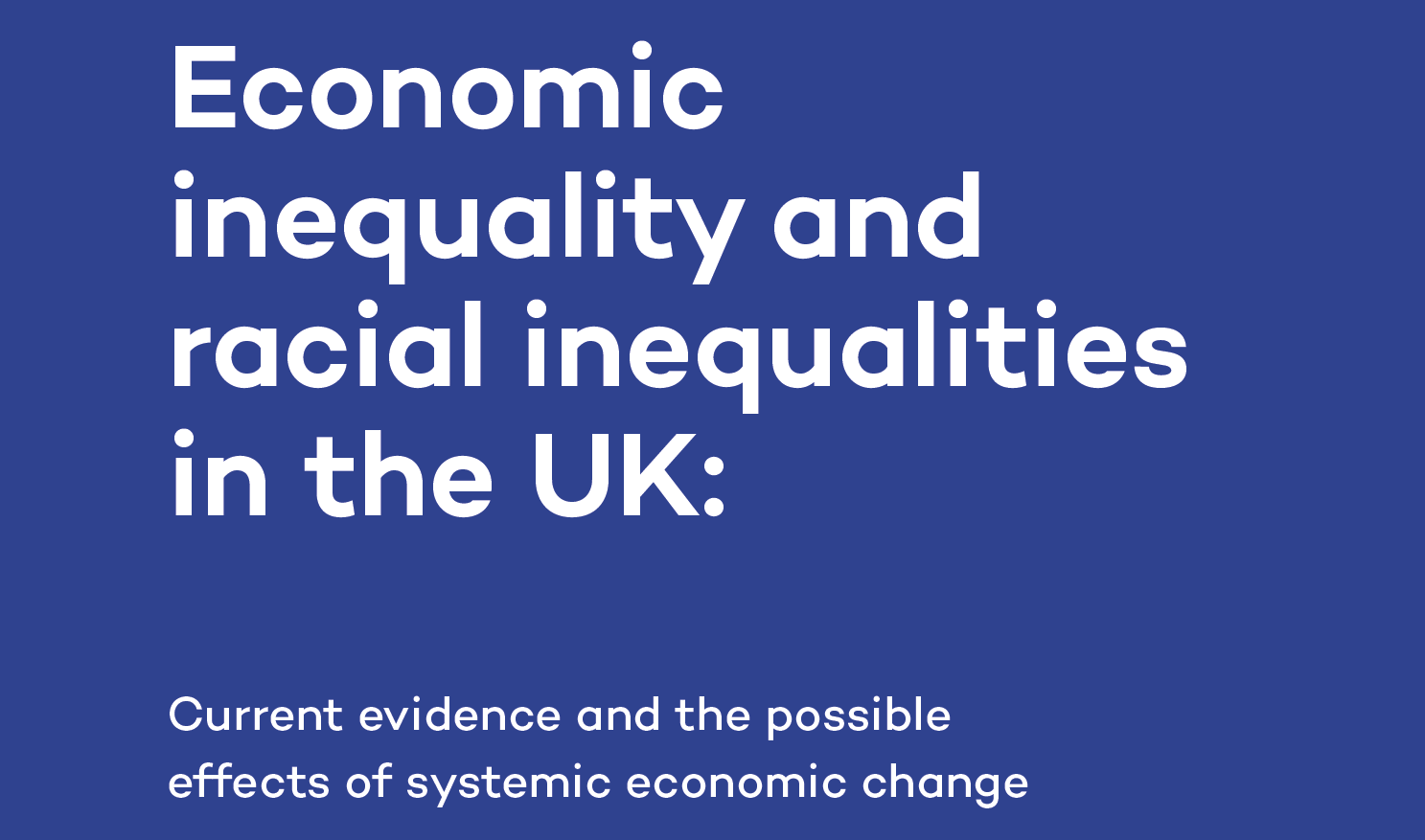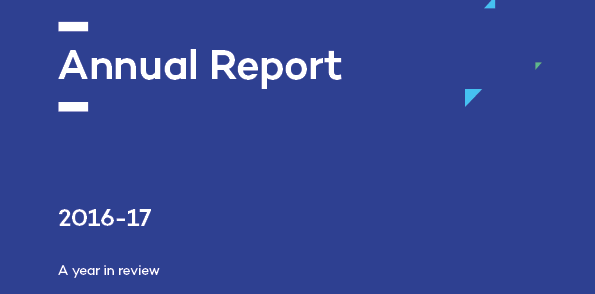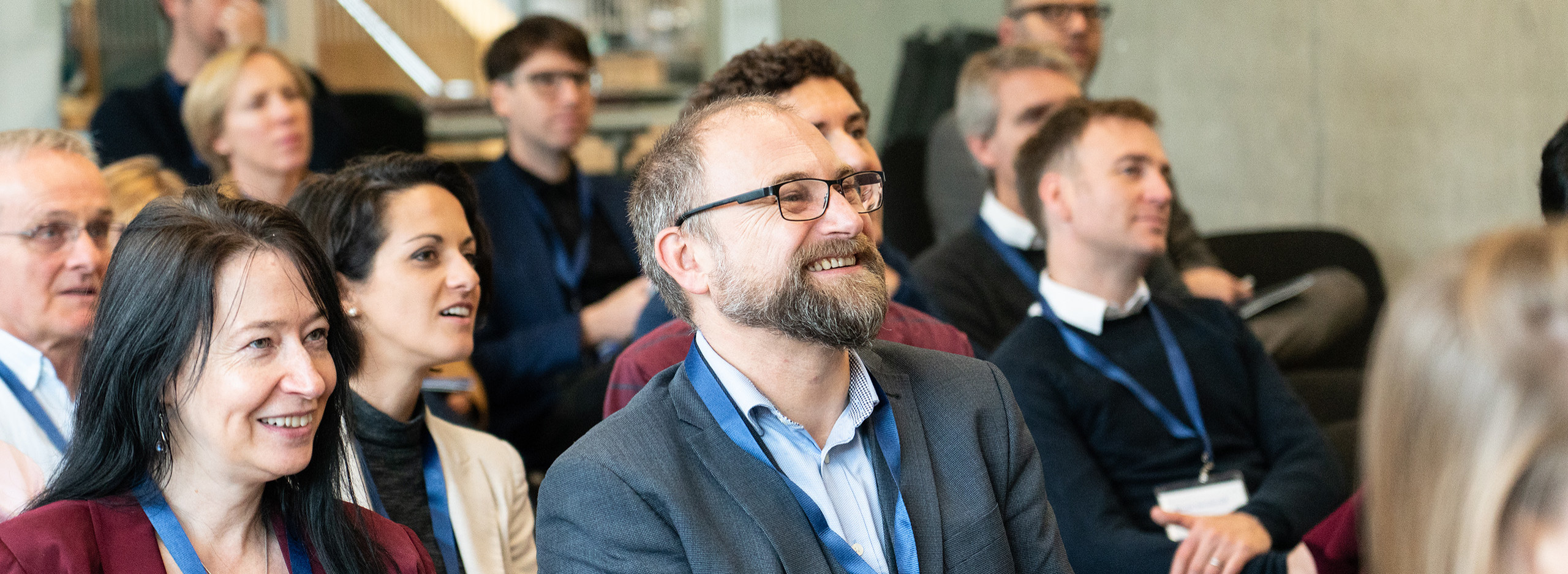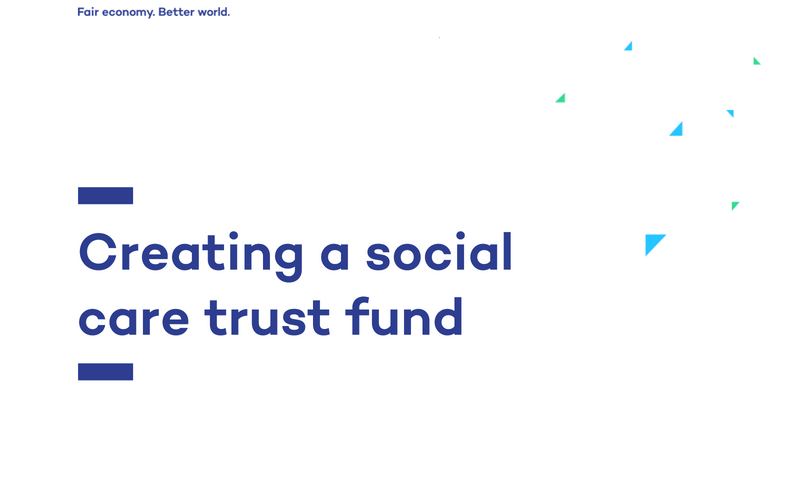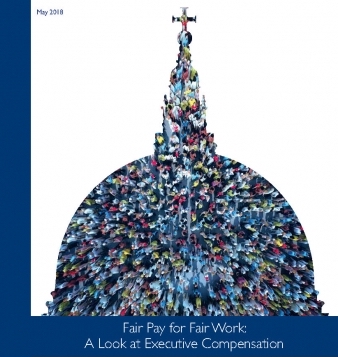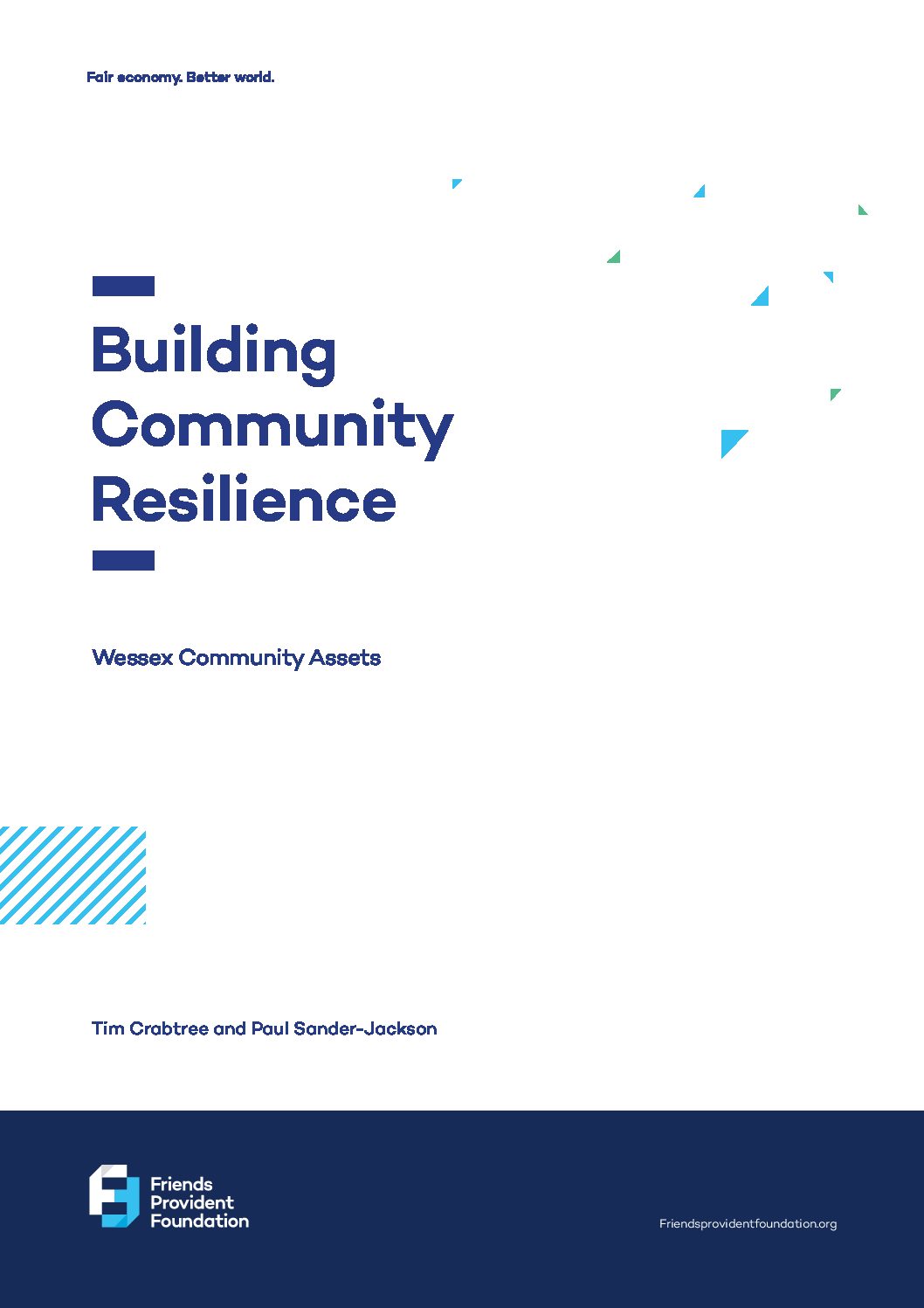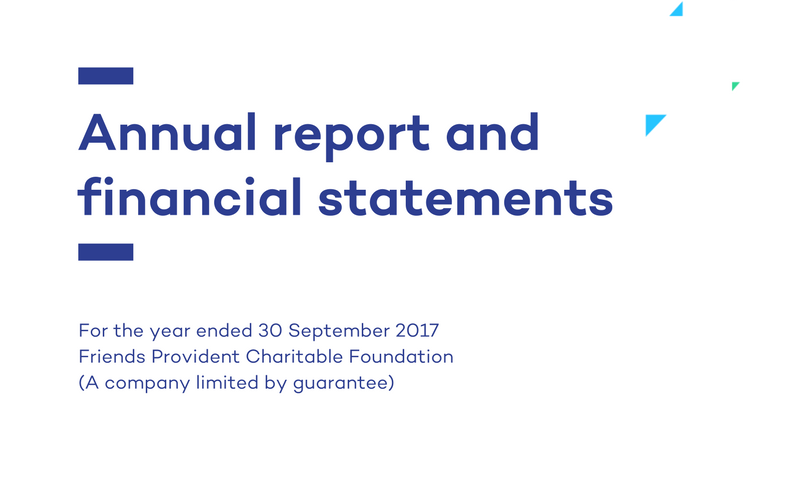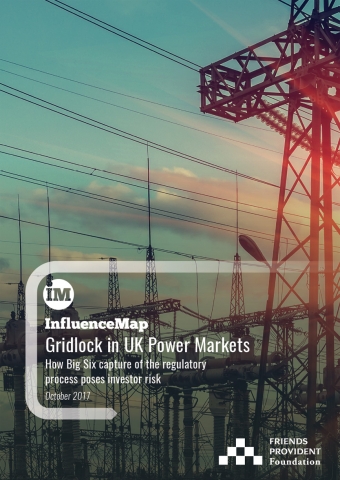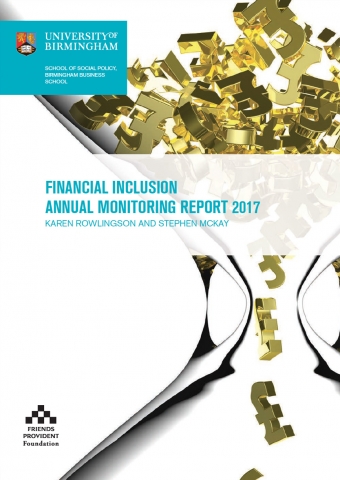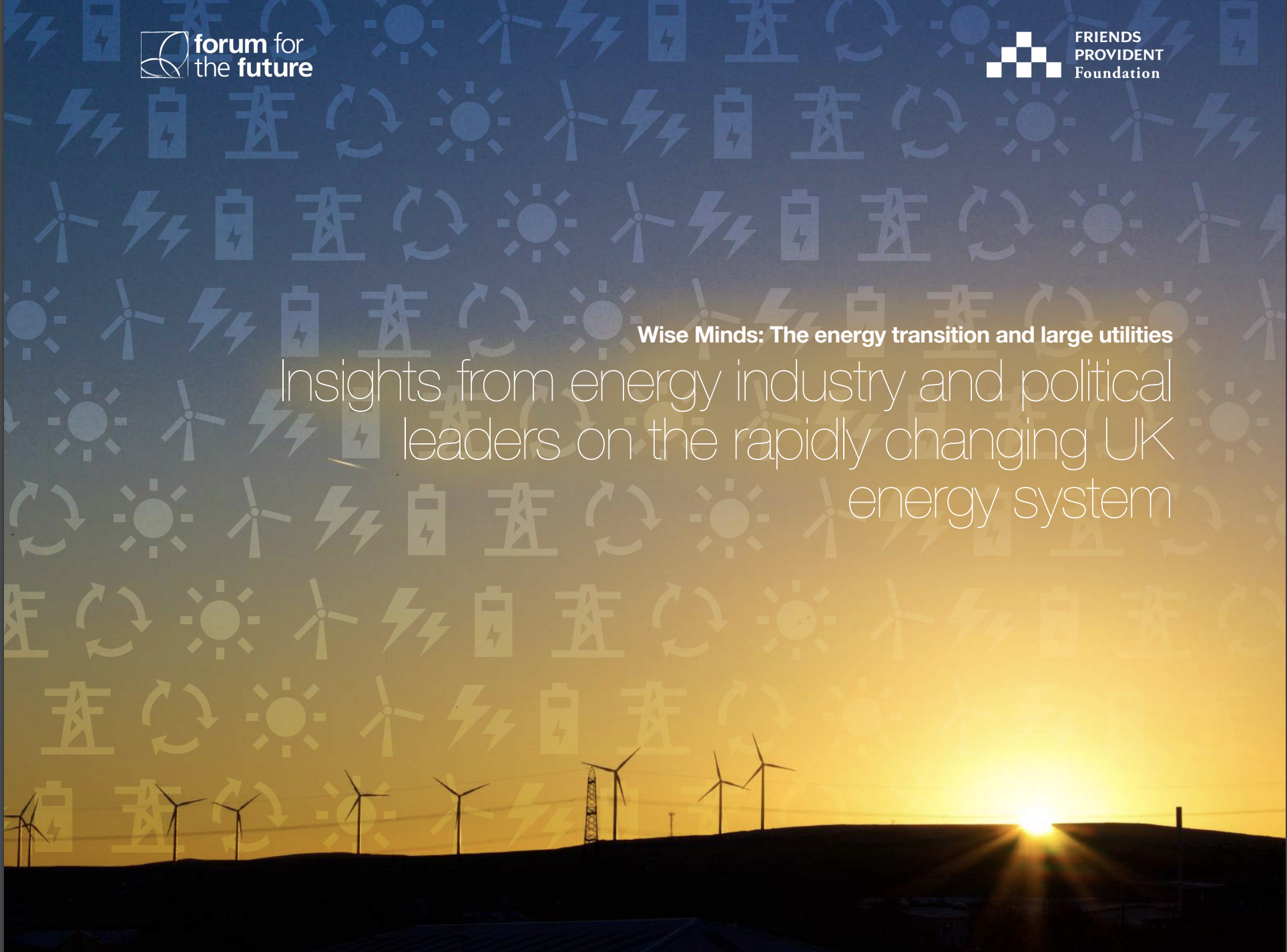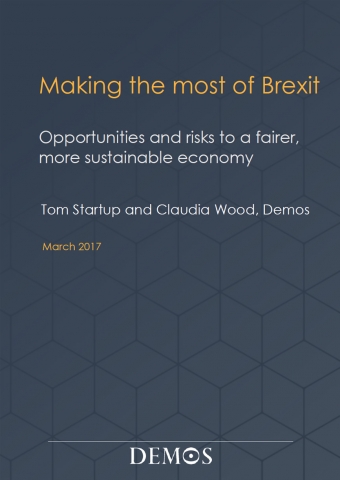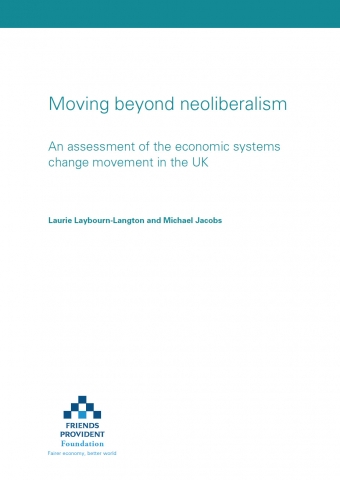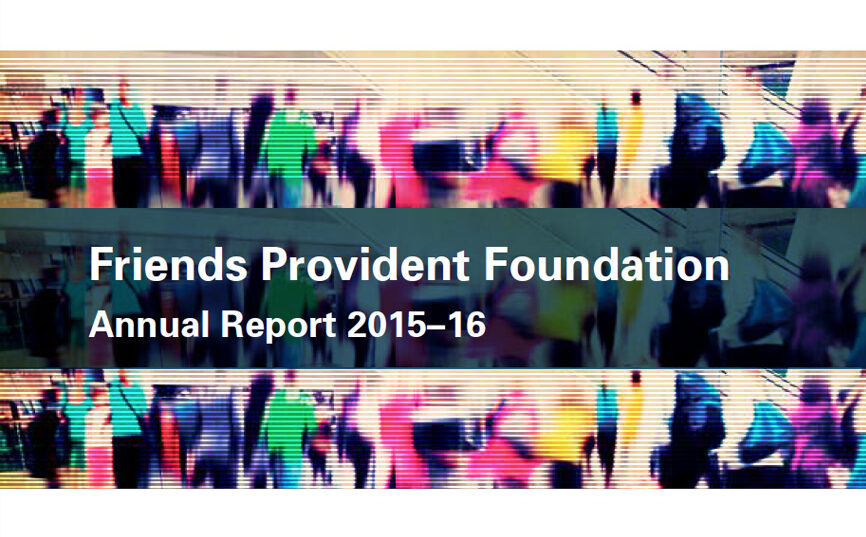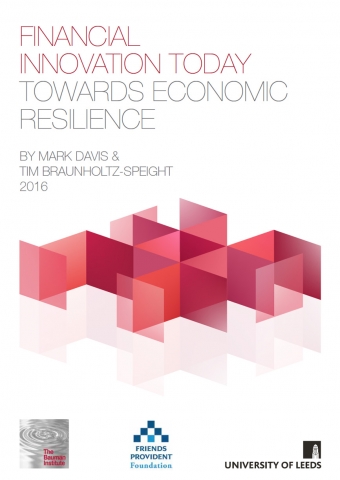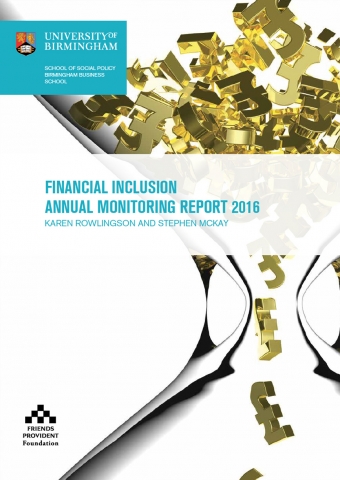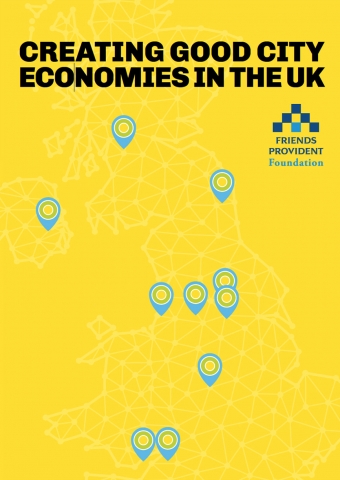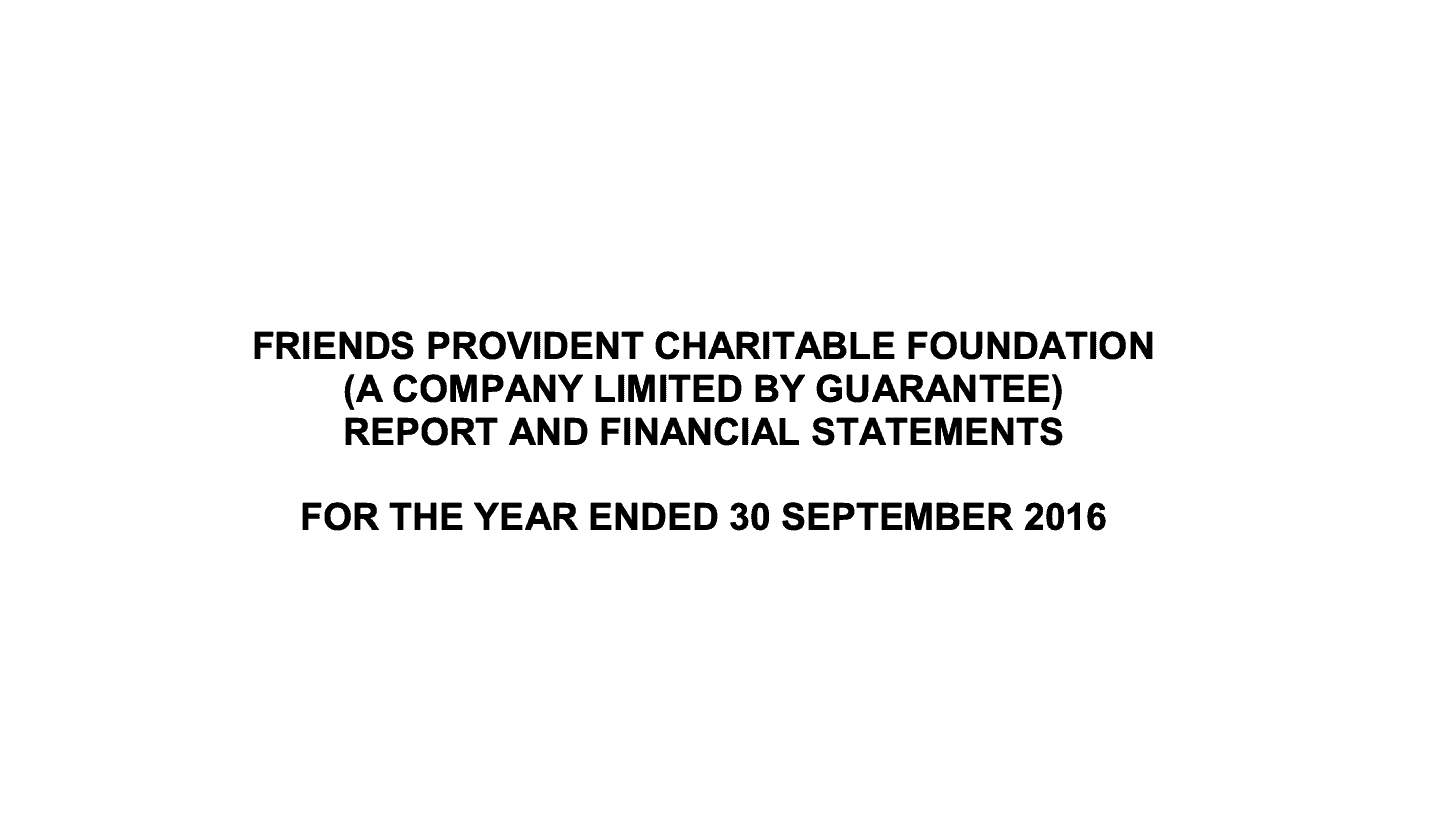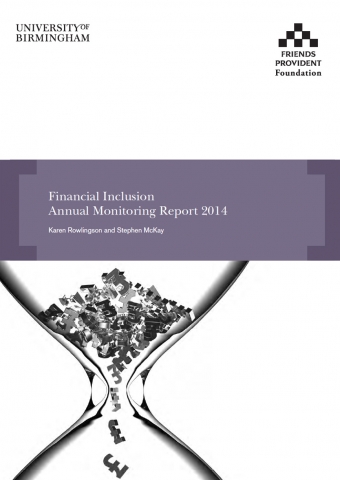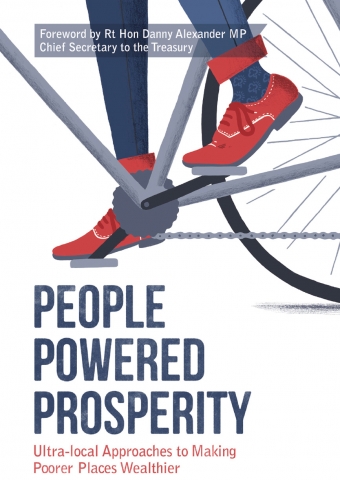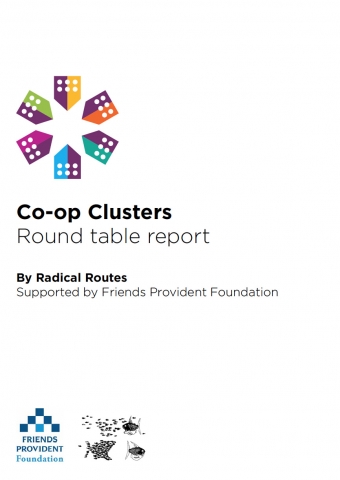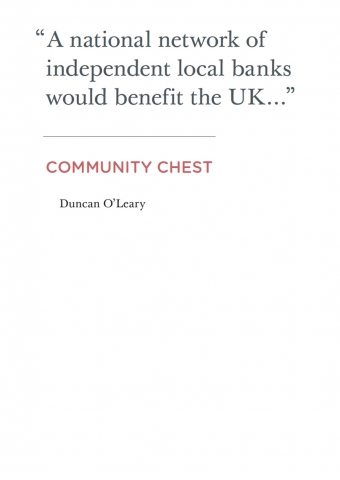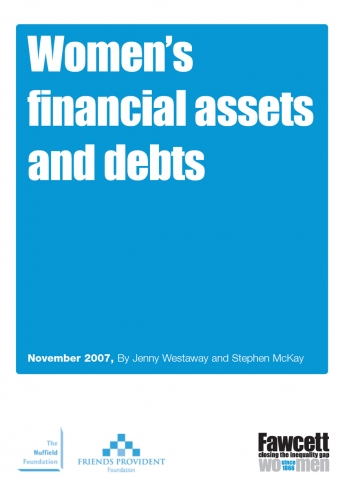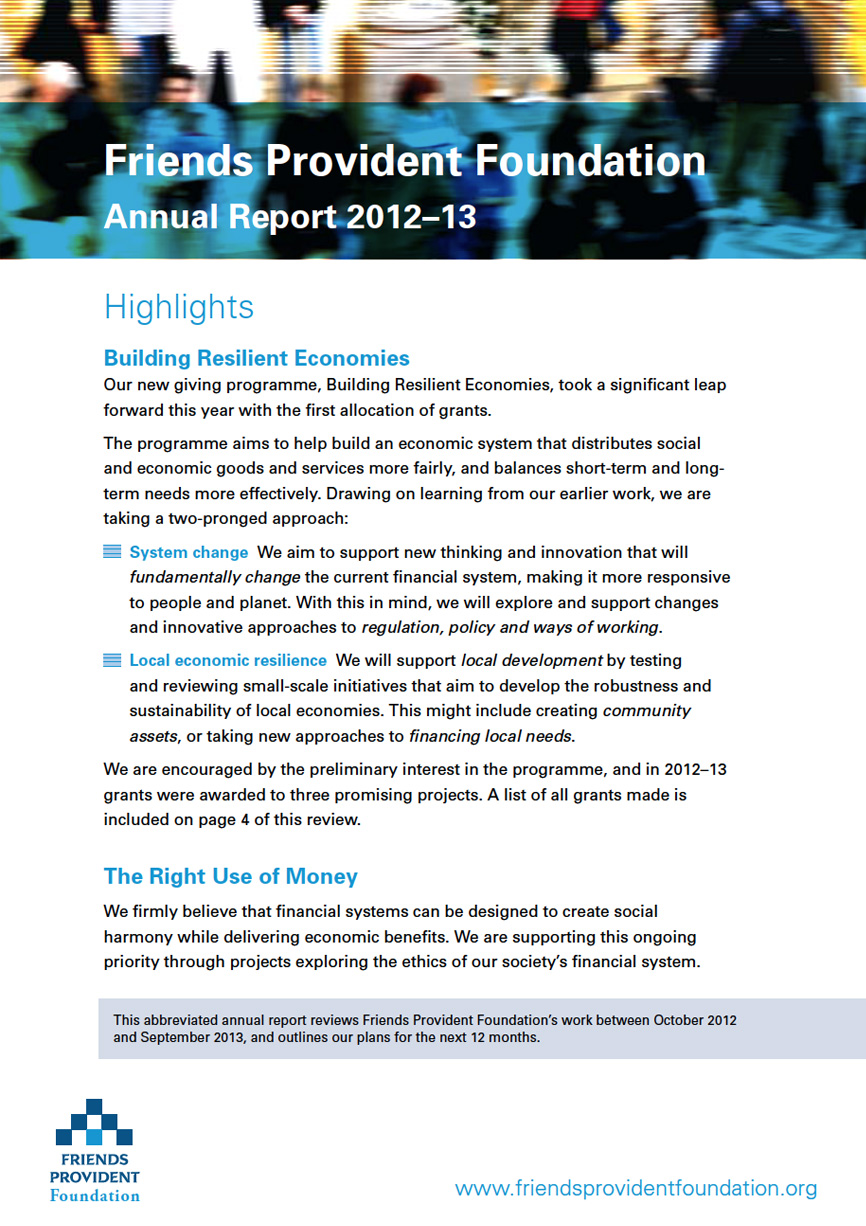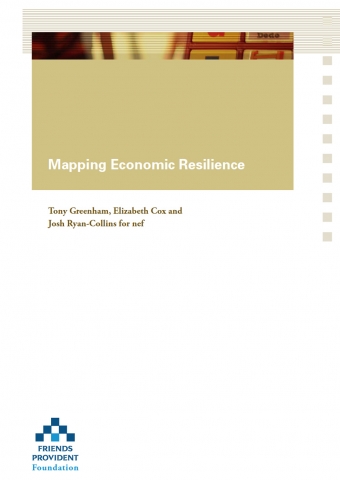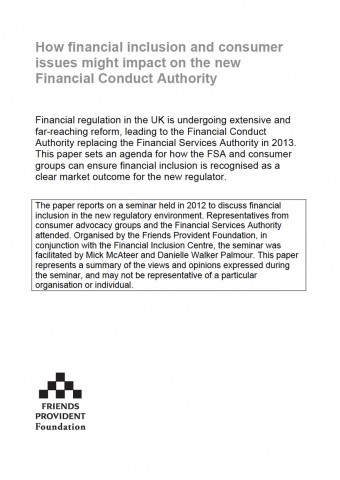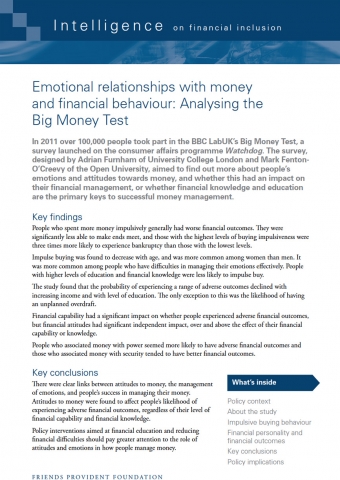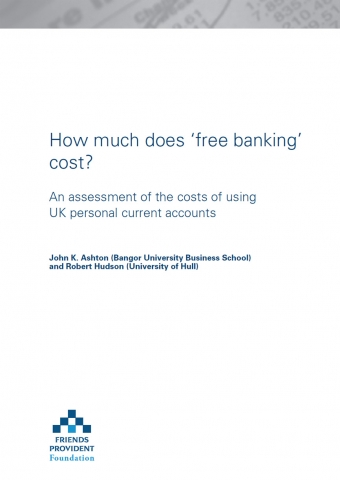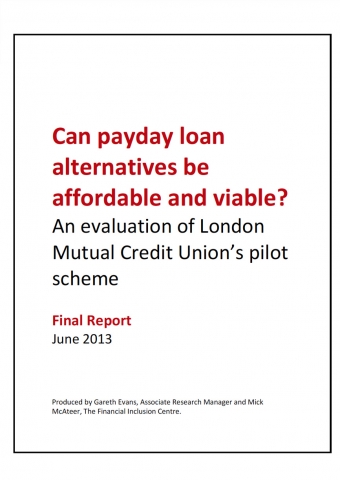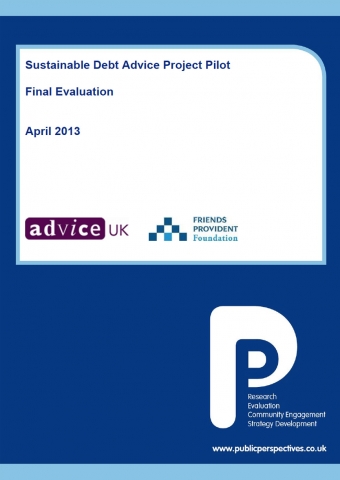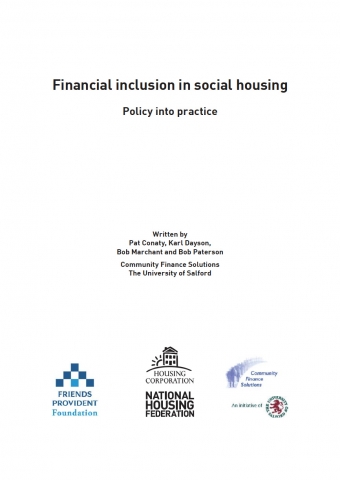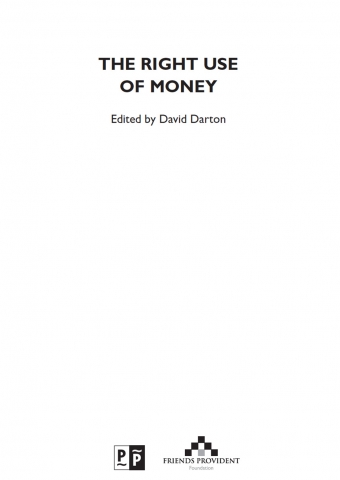Earlier this year, Danielle Walker Palmour was privileged to accept an invitation from Philanthropy Australia to give the closing keynote speech at their two-day conference in Melbourne, entitled Purpose: Is it enough? She joined over 700 delegates from trusts and foundations – throughout the region and beyond – to look at conflicts between “the head and the heart” and to explore the concept that giving and funding can be both an art as well as a technical and professional process.
Held over two very full days, the conference was preceded by a day of optional master-classes on various aspects of trust and foundation management, as well as seminars on new ideas such as managing and understanding risk, setting your strategy, considering your assets, and communications. These were led by a mix of sector experts, consultancies and service providers.
The conference ‘proper’ kicked off with a welcome from Chair of the Council of Philanthropy Australia, Alan Schwartz of the Trawalla Foundation, followed by an introduction from Sarah Davies the energetic CEO of Philanthropy Australia. The opening keynote speech was given by Larry Kramer, CEO of the Hewlett Foundation. Hewlett is a very large funder but, more importantly, an active thought-leader in the US in terms of long-standing programmemes on democracy and democratic institutions and climate change. Larry spoke passionately about these two “existential threats” to our way of life and to other life forms and the need to take urgent action on both. He issued a call to action to foundations to commit to spending an additional $4 billion over the next five years to work towards halting the flow of carbon into the atmosphere in order to at least keep to the 2 degree Centigrade levels outlined in the Paris Agreement targets.
There were then plenary sessions on the relationships between philanthropy, passion and personal wealth; the erosion of trust in institutions and its links to social change; and some reflections on data and impressions on the state of the sector in Australia.
After lunch, there were successive, packed, break-out sessions exploring a range of themes and topics including: impact investment as a distraction from philanthropy; the role of risk in achieving impact; partnership working to achieve change at a global level; gender equality and democracy; and re-framing failure. Speakers from the plenaries as well as members took active part in the sessions and the quality of the discussion was high in those I was able to attend.
My insights and ah ha! moments …
- Funders must take stock – now – on their funding relating to climate change. Hewlett Foundation and other huge funders in the US are building a coalition of funders who will pledge to increase their giving over the next 5 years to address the causes of climate change, not ameliorate its effects. There is urgency there and we must all play a part to avoid a more than 2 degree Centigrade increase.
- In the discussion about trust and institutions, I was entering into the feeling of widespread concern about the falling trust levels – it is clear that citizens are losing faith in their governments, public bodies, the police, the judiciary and the traditional powers maintaining the existing world order. Just as the handwringing was reaching a climax, Joy Anderson of the Criterion Institute highlighted that – when we are challenging the status quo as part of our efforts to bring about social change, we are undermining trust in those institutions – because they are not trust-worthy. The demand for transparency and disclosure in public life is a call for new systems to support trust; we no longer accept the assurances of authority.
- Given that chasing trust as an objective may be pointless, it follows that perhaps the goal that institutions must strive for is not trust but “trustworthiness” – cultures of transparency, disclosure and continuous improvement which mean that we are worthy of trust. And that is within our gift.
- Some of the traditional values of communities we seek to serve may well have the answers to how we build effective practice. The question is the degree to which we can give up power and embrace the risks this represents. From the other side, communities need to be able to move on when these values do not serve the wider community.
As it was a residential conference for many – travelling from Western Australia or the Northern Territories is a four hour “hop” on a plane – the closing drinks after the sessions were a great opportunity to continue the debates of the workshops, catch up with colleagues and make further connections.
The residential nature also allowed for an early start the next morning with the first plenary examining “The New Power” with author and activist Jeremy Heimens of Avaaz and Purpose. Jeremy’s new book examines the rise of tech-assisted democratic movements that are shifting the dynamics of power and philanthropy.
He was followed by an inspiring overview of the transformation of the San Francisco Foundation by Fred Blackwell to focus more clearly on community and purpose. This was followed by a quick-fire panel debate about balancing head and heart in philanthropy with a range of trustees actively engaged in tackling big issues facing Australian society. A further session looking at data mapping in relation to the charity and philanthropic sector reviewed key knowledge sources on money flows in Australia. This was all before the 11am tea break!
Another set of break-out sessions followed, looking at board diversity; collaborative working of funders in the refugee sector; place-based funding; the challenge of “de-colonising” philanthropy to work effectively with communities; and new challenges of tackling the media. It was hard to choose a session – there was so much interesting content.
The final day rounded off with a talk about social value metrics from Alan Schwartz, President of the Philanthropy Australia board and deep thinker about the nature of profit and the insufficient means that exist to assign value in our economy. It was the launch of an exciting initiative that he is leading with NESTA in the UK – to create a Universal Commons Challenge Prize – as a mechanism for encouraging thinkers on social metrics from around the globe to engage with how we could value resources, including human ones, more fairly. Read more here
My thoughts on the gathering and the Australian sector as a whole …
- Trustee engagement was high – much higher than it appears in the UK. This may reflect the professionalised nature of the sector in the UK – it is an older sector – but may also be a factor of the growth of individual philanthropy in Australia, fostered by recent developments of new legal vehicles for giving and a long period of relative economic stability.
- The foundation sector in Australia is smaller and younger than that of the UK or the US. It is however, reflective and seemingly open to challenge. This lack of insularity appears to mean that it can learn from the mistakes of bigger (US) or older (UK) foundations tackling similar problems to good effect.
- This led to my third observation: there is some significantly innovative and exciting practice underway in Australia – I met people doing high quality work on place-based interventions, supporting high impact media and documentary film making and highly impressive strategy work to shape effective health interventions. This was being undertaken by people who were incredibly humble about their practice, open to new ideas and willing to engage and collaborate with others.
- From another perspective, in marked contrast to the invocation of the traditional custodians of the land and stated respect for community elders before each session, there did not appear to be much representation of first Australian people on boards or with significant control of philanthropic capital. This was clearly a topic of discussion, but it was far from being solved at present.
After my talk about Friends Provident Foundation’s journey as a foundation from grant-maker to capitalised charity, using all our resources in pursuit of mission (see more here) the final speaker was a young woman from Aboriginal or First Nations’ descent who gave her impressions of the conference in terms of the challenges to philanthropy explored over the previous two days as well as the on-going relevance of the traditional and wisdom of first peoples’ practices. It was a fitting end to an inspiring, energetic, engaging and professional conference.
It was a fantastic journey to engage with a vibrant and exciting sector – familiar and yet completely different. The country – just summertime now – is as wonderful as advertised, and certainly worth a visit. Or in my case – a return visit.
The next conference is in 2020 in Sydney – worth saving up for!




